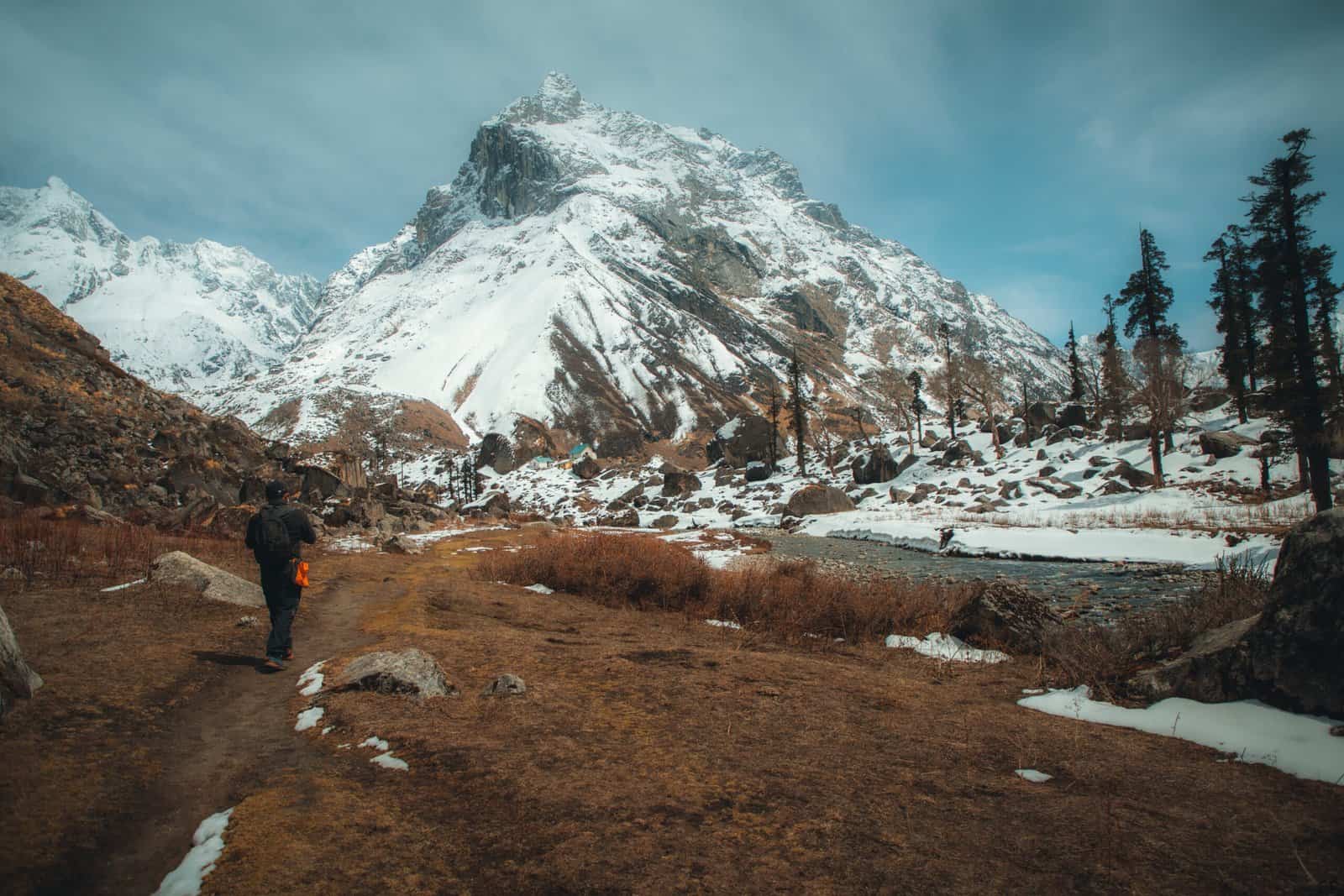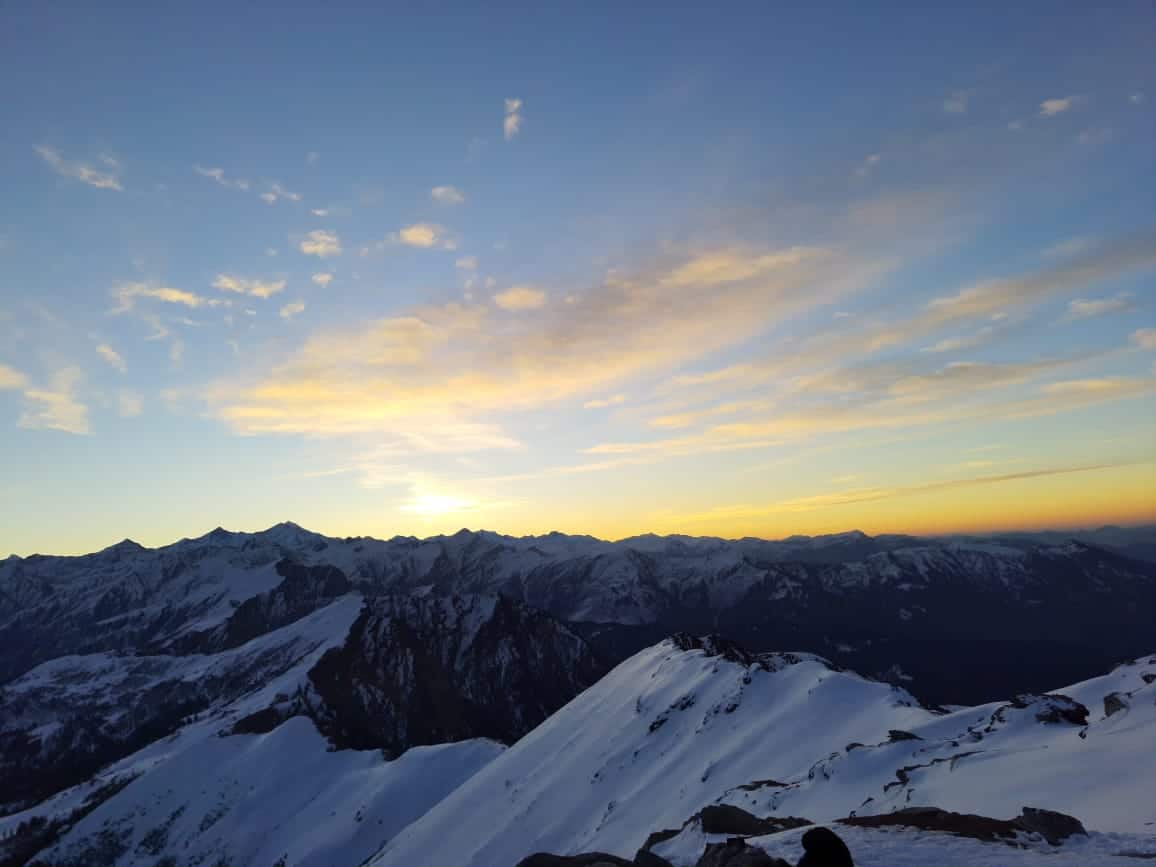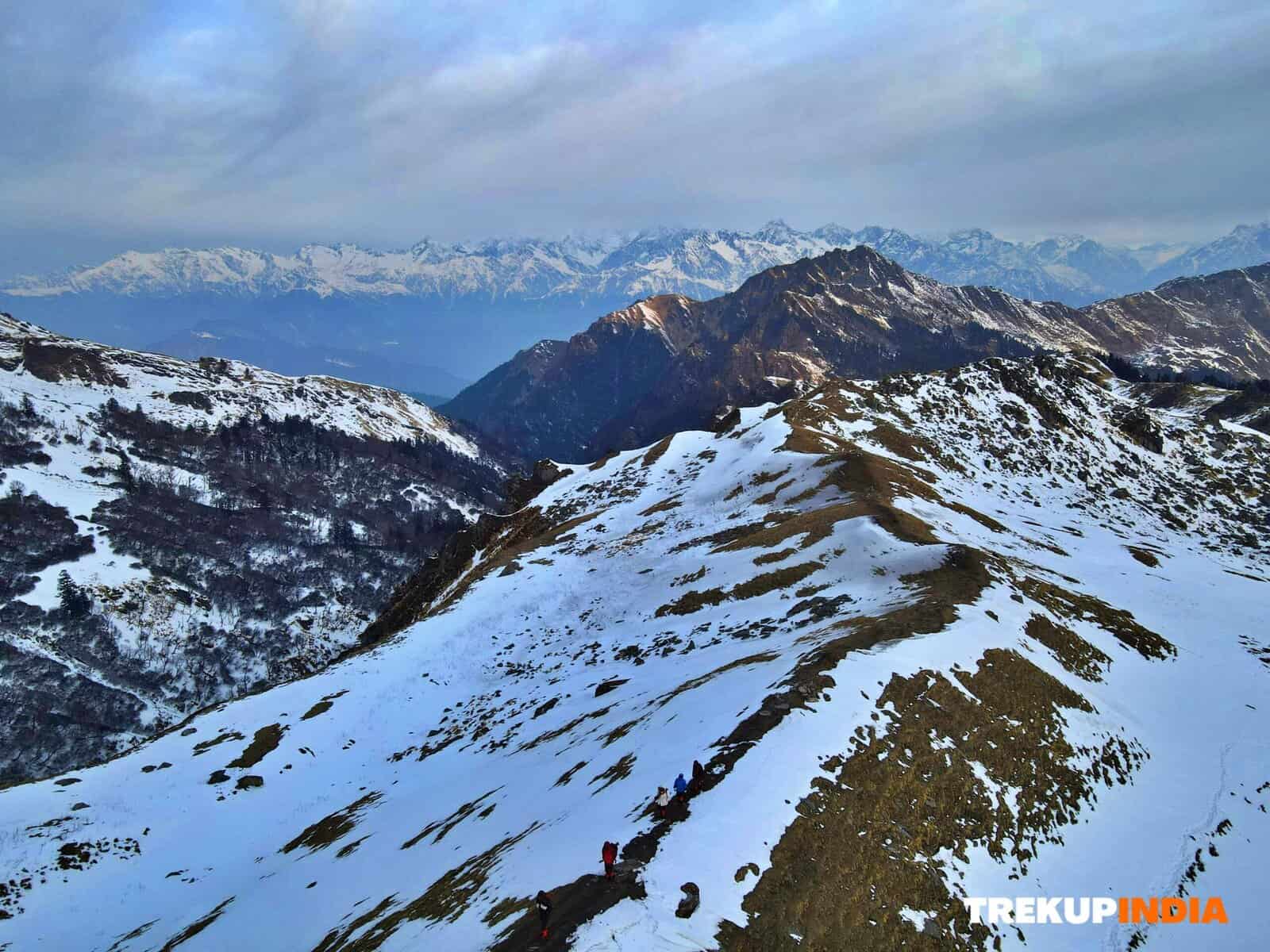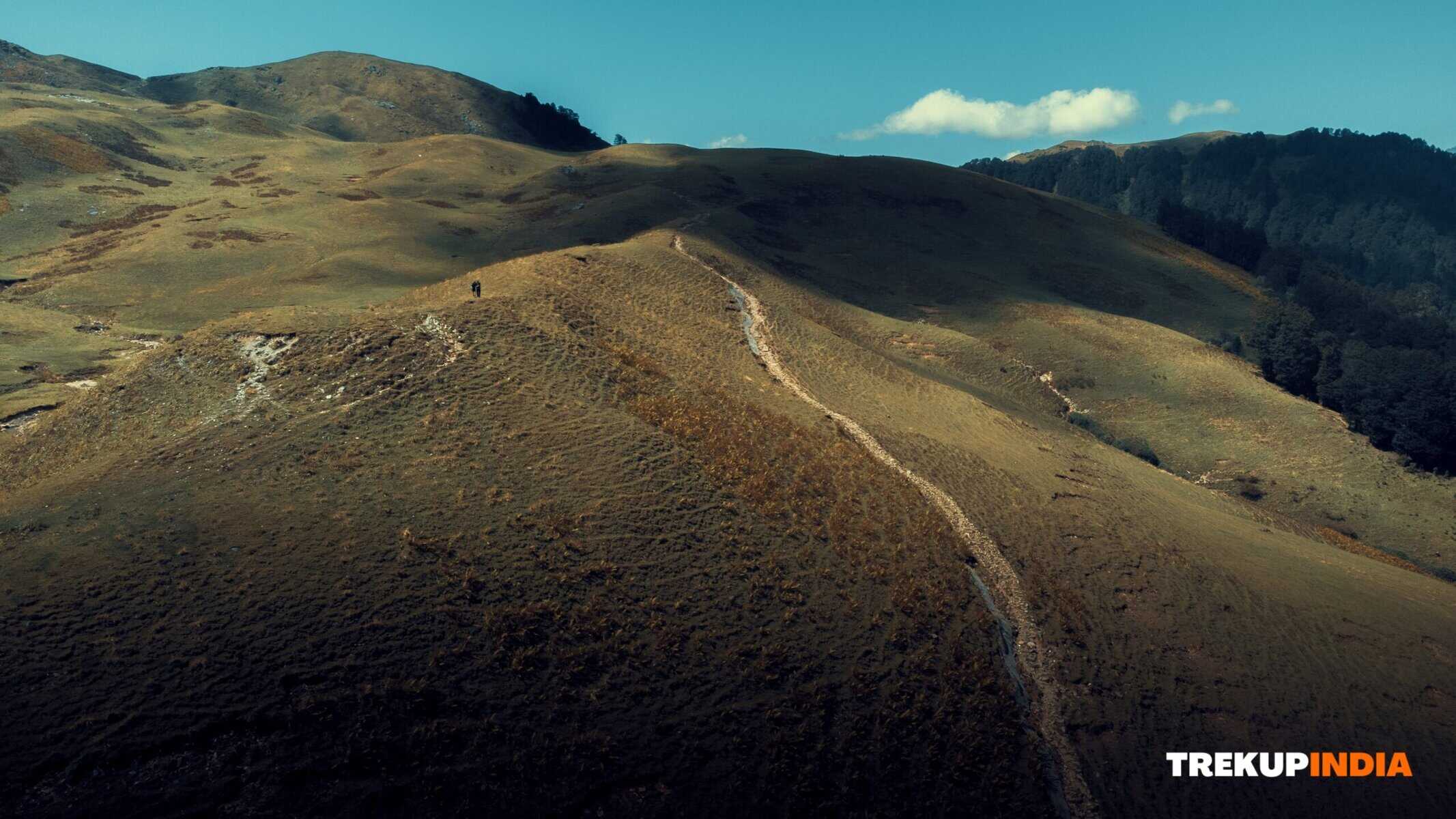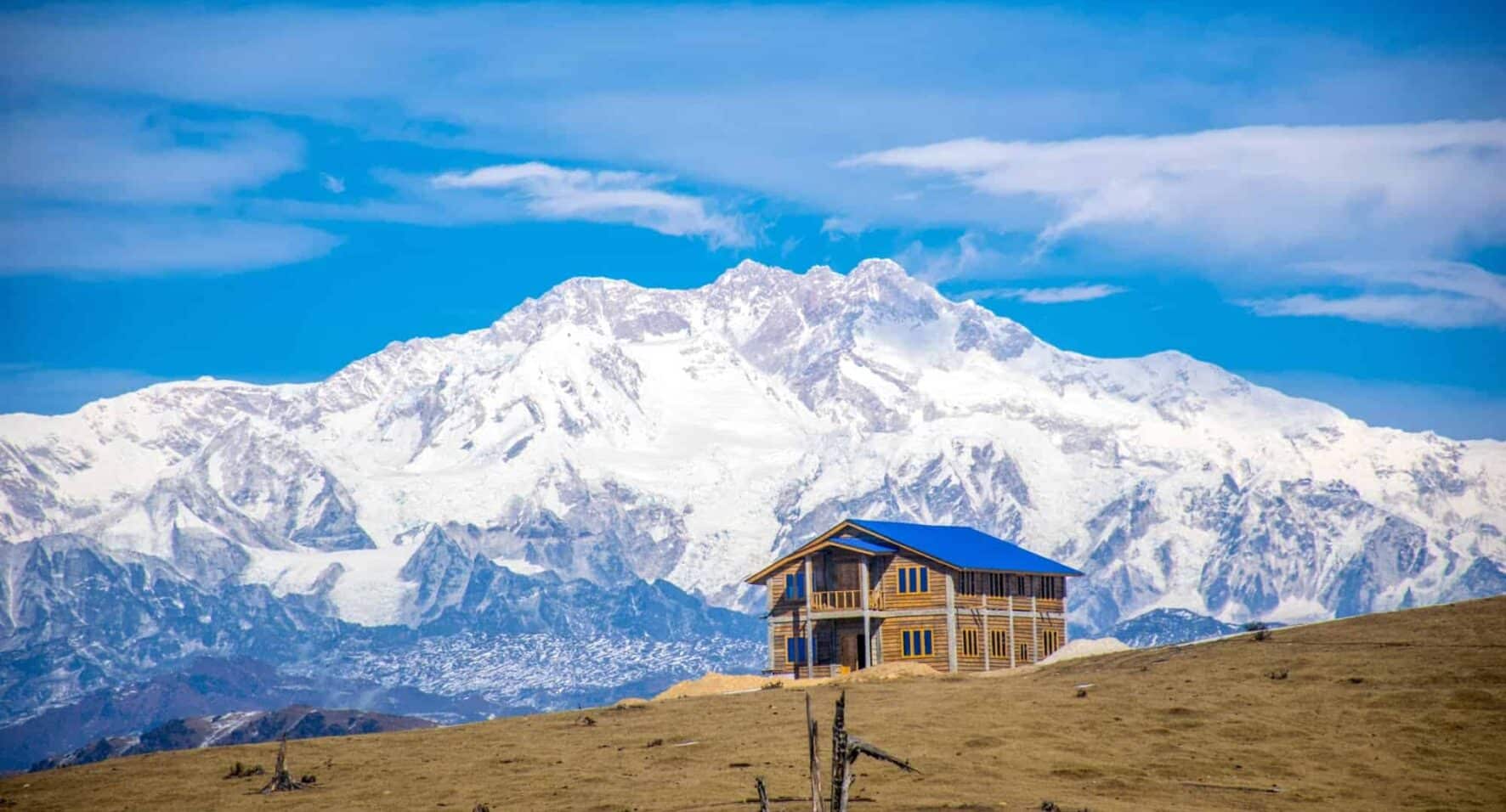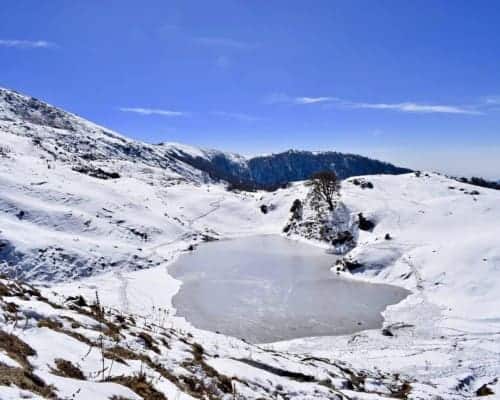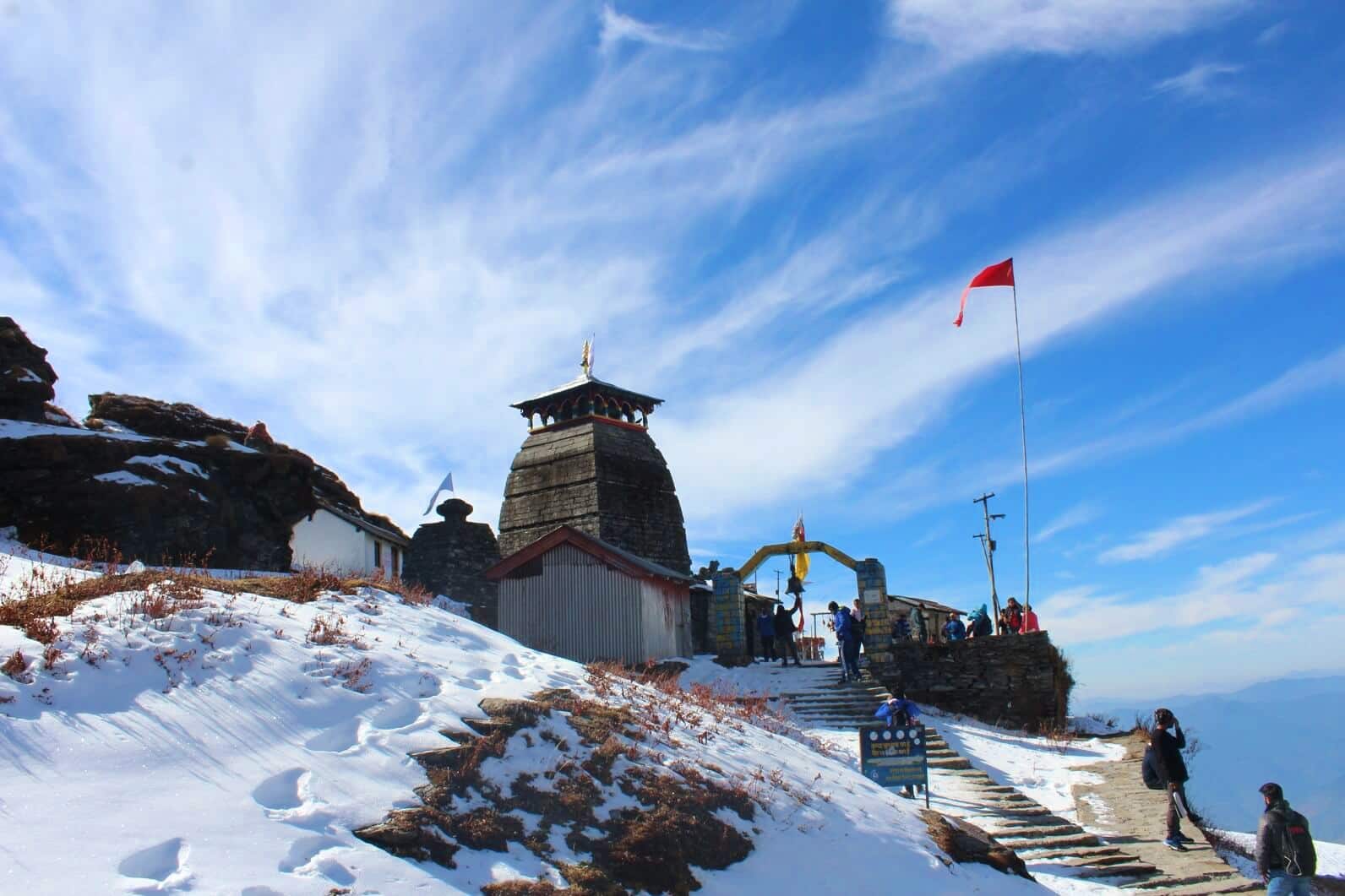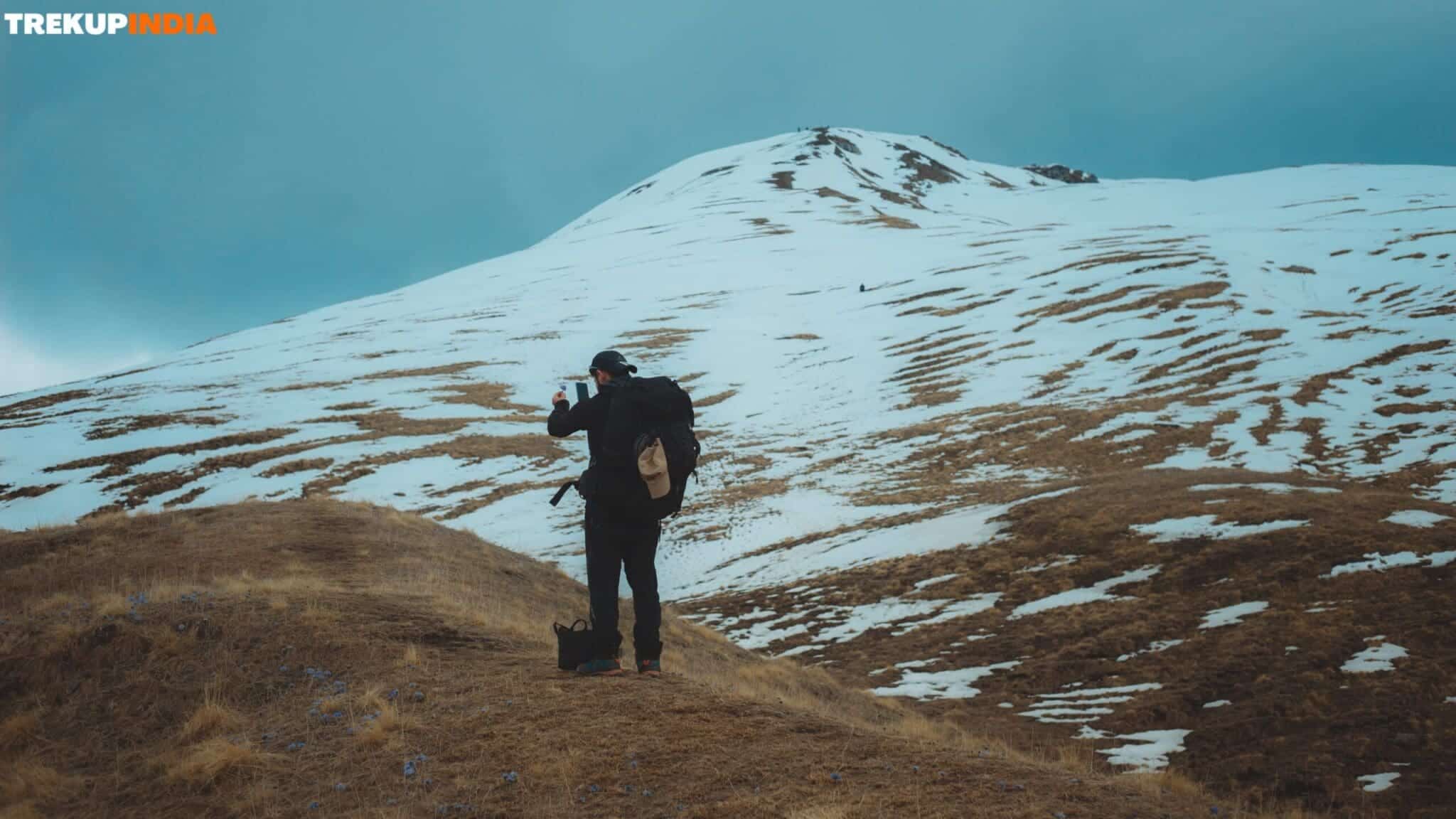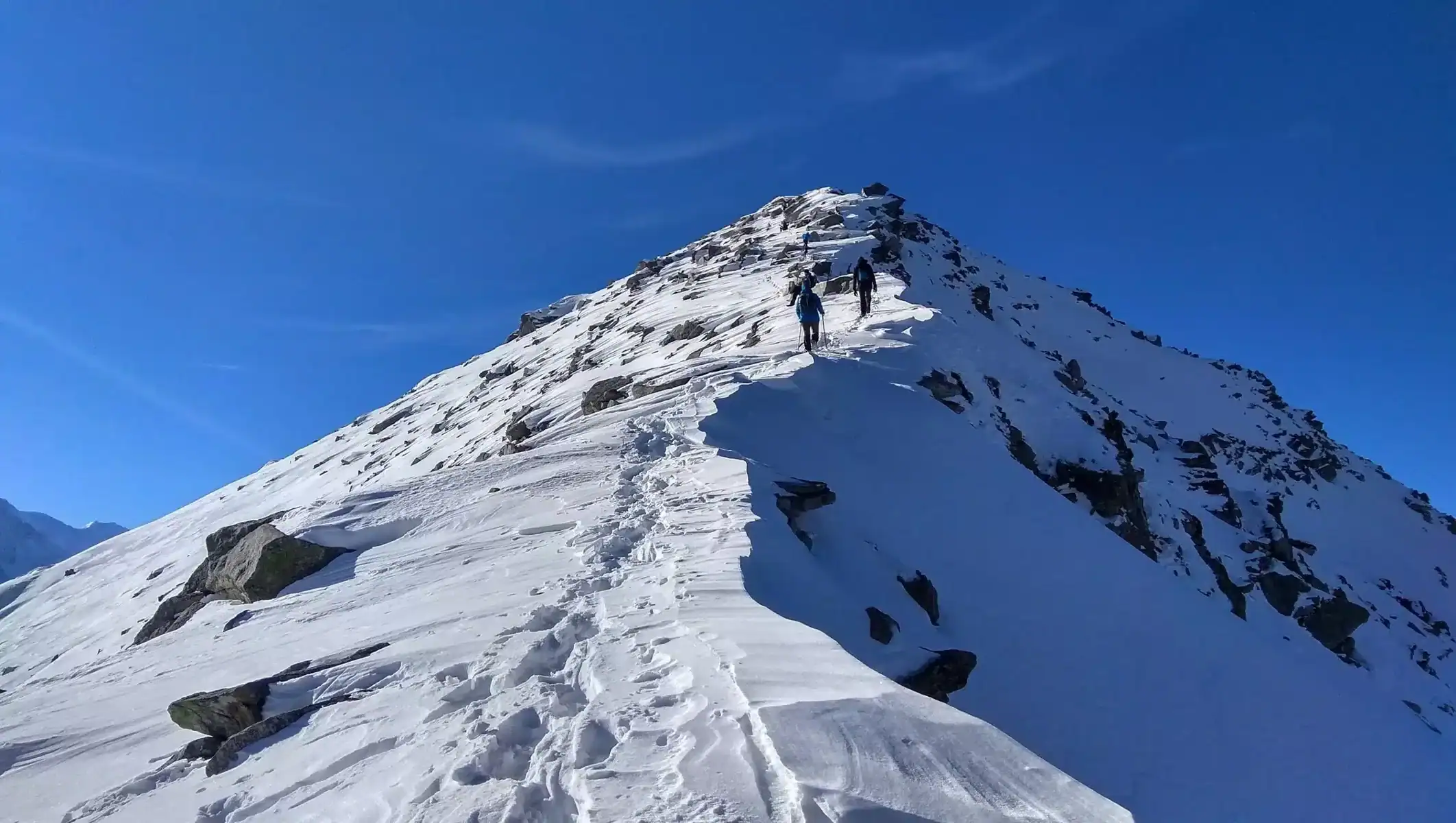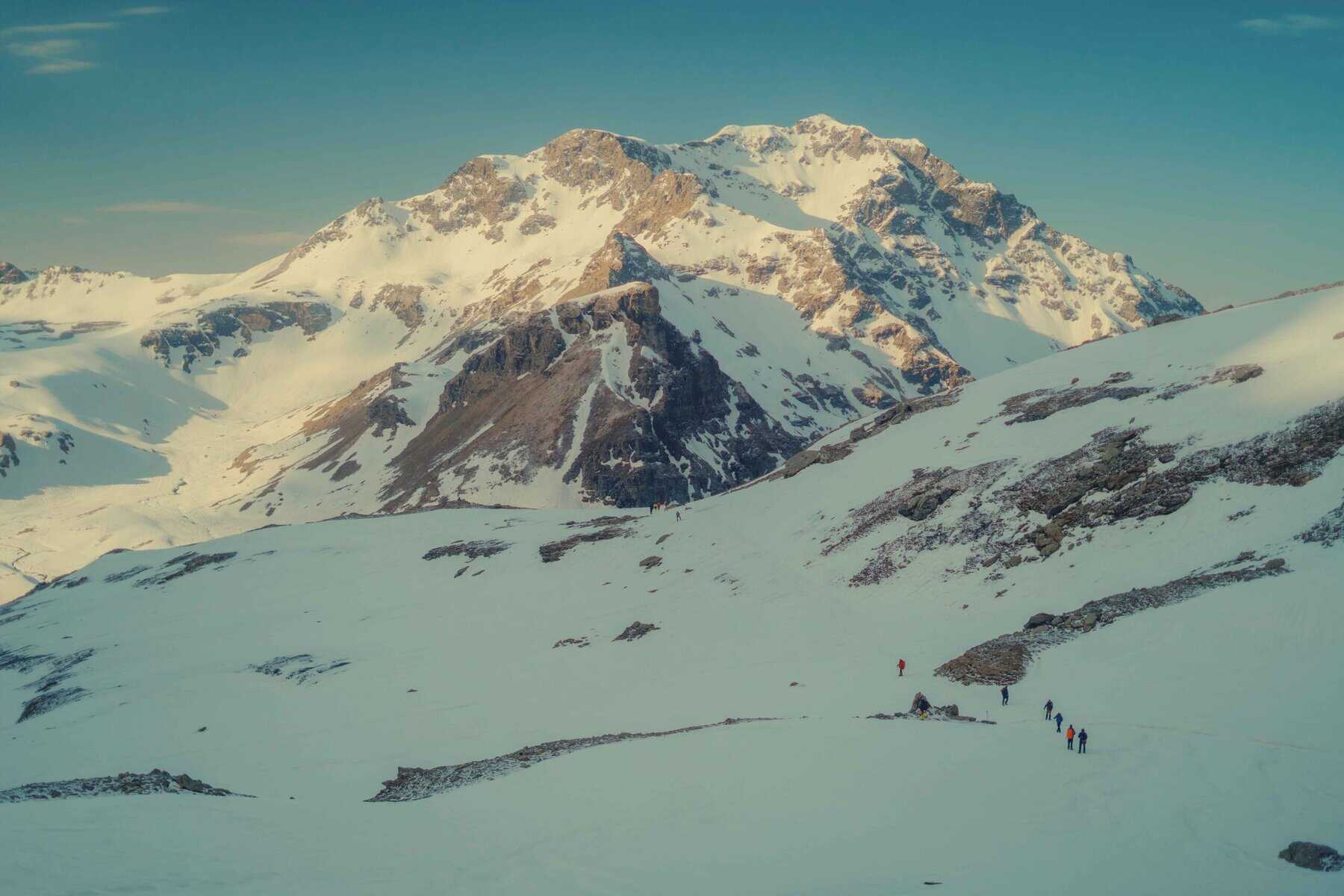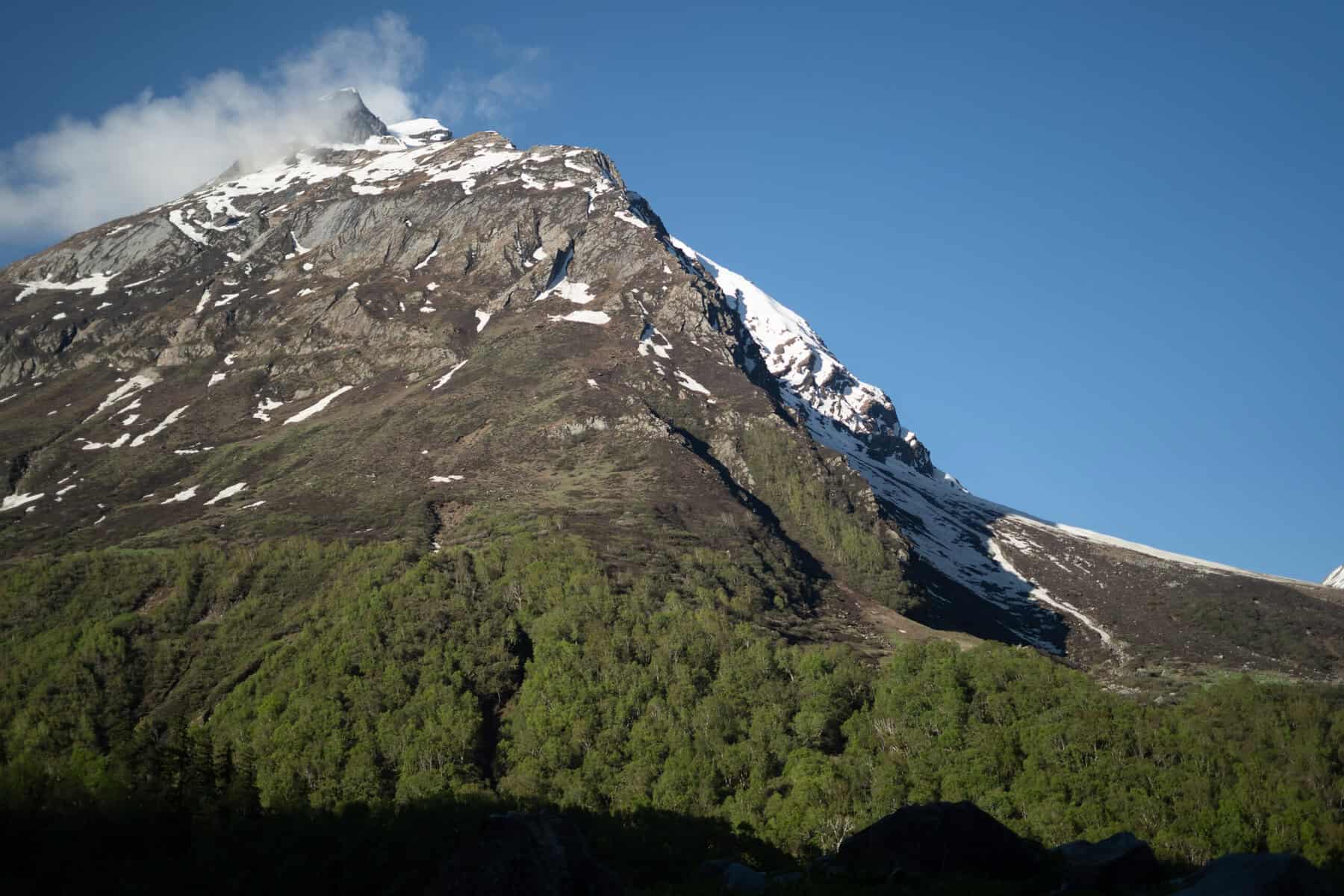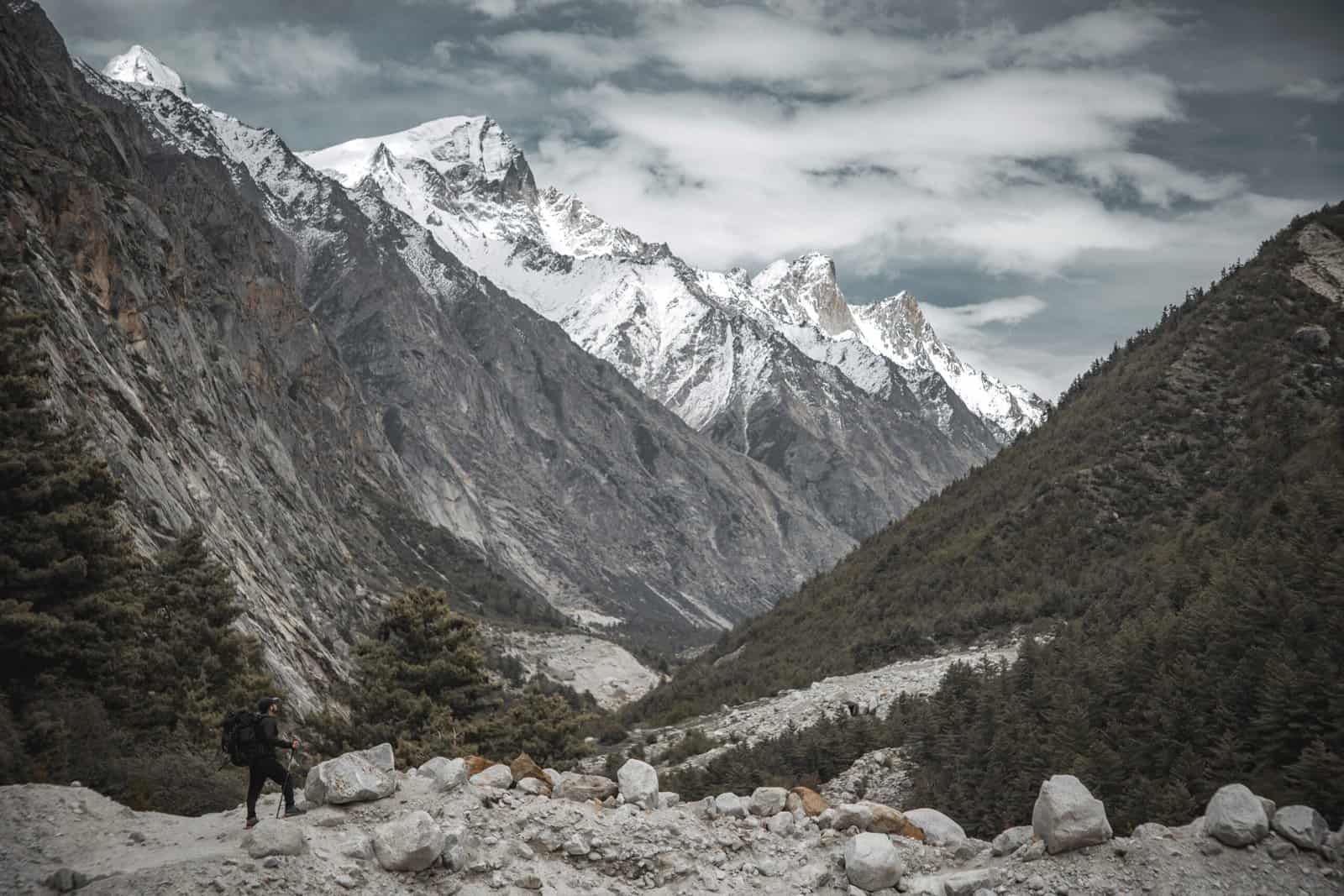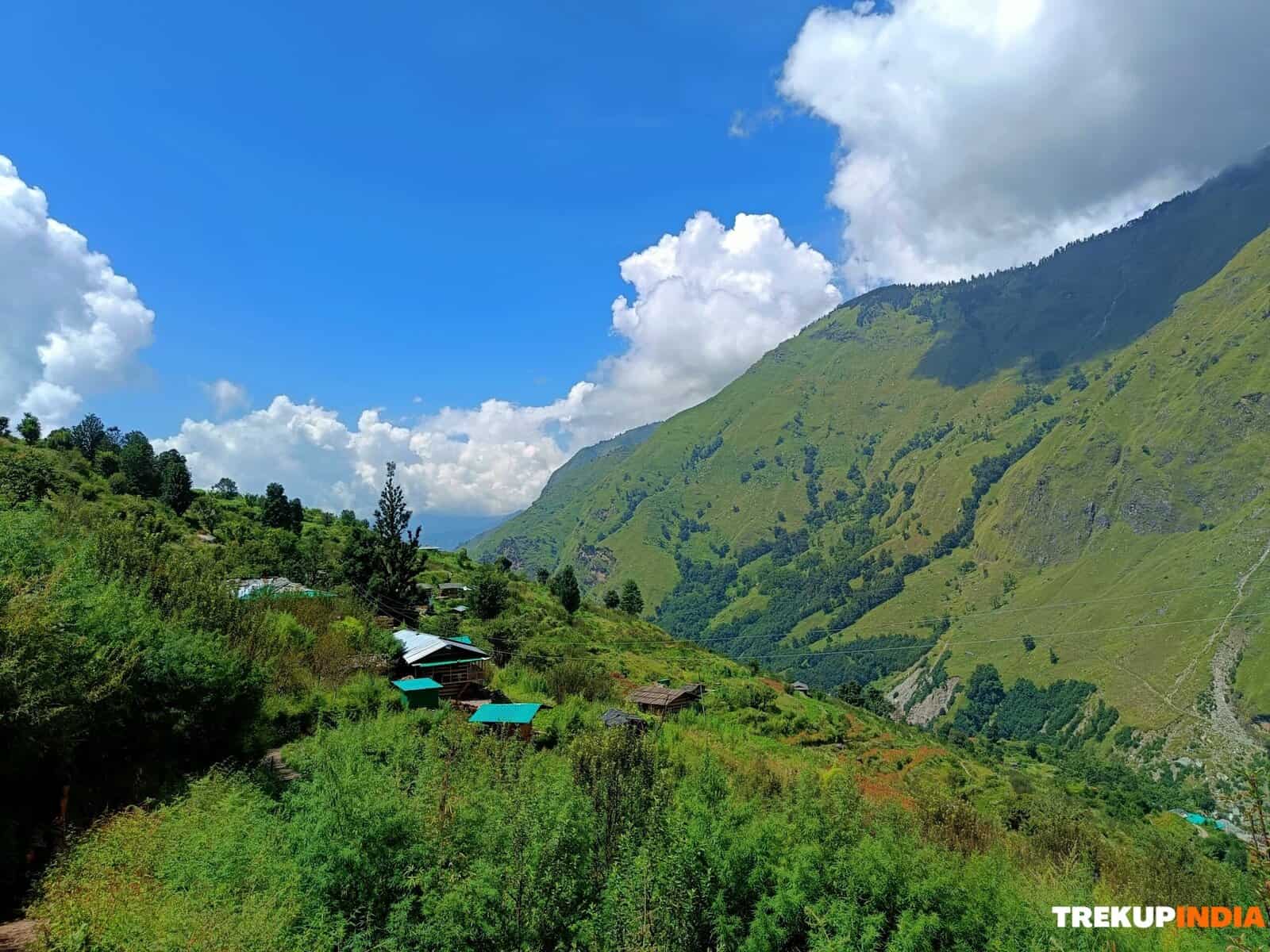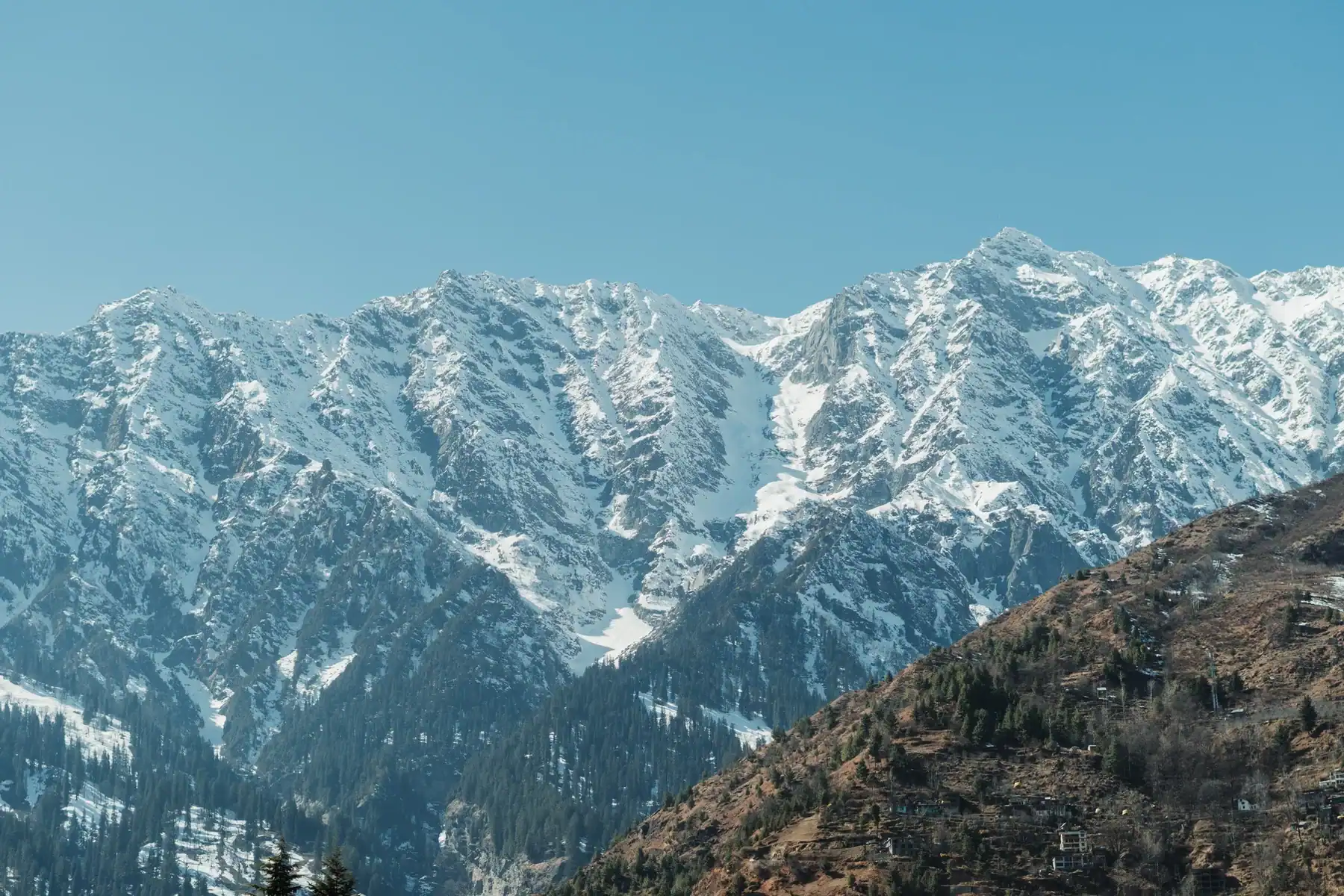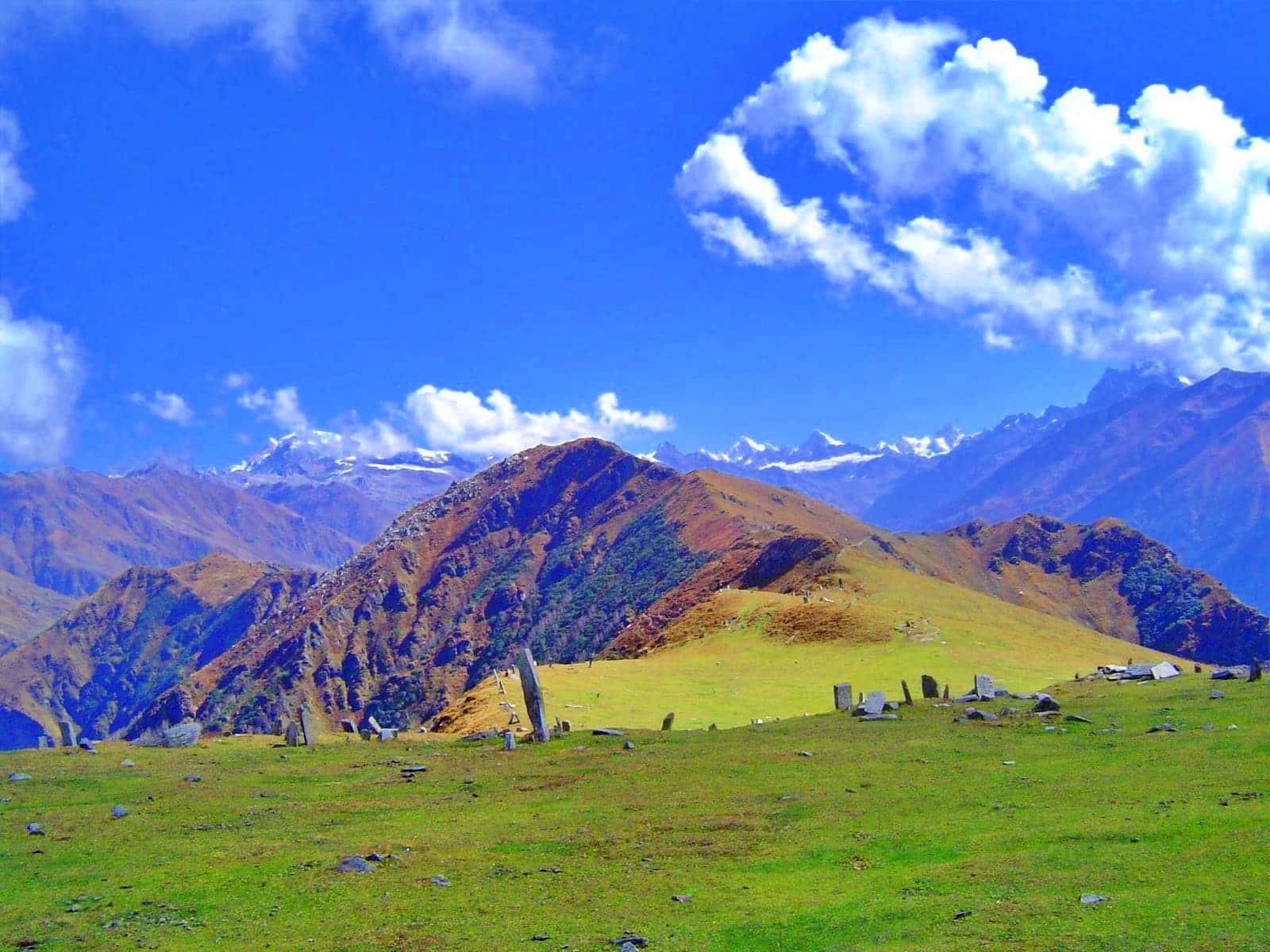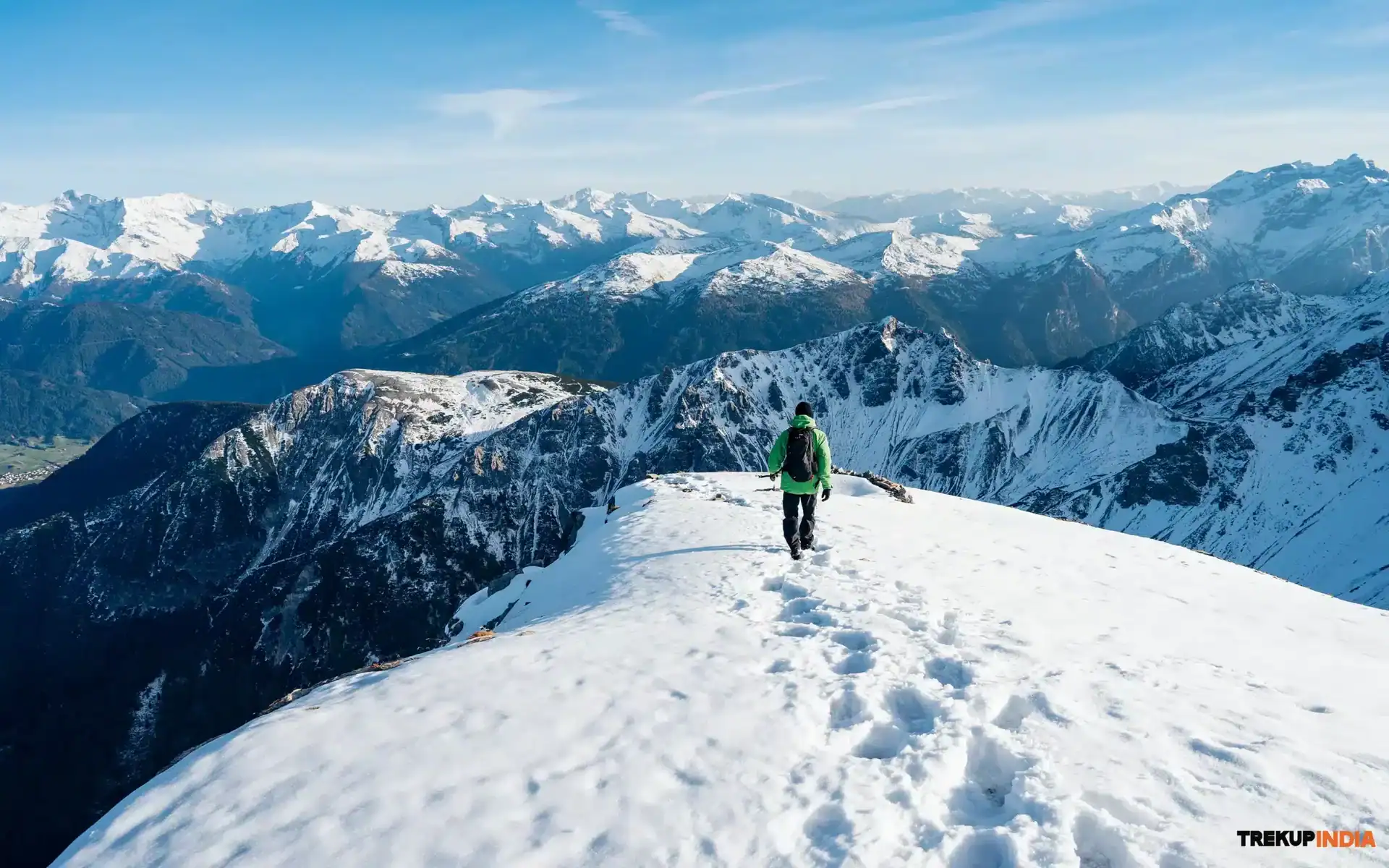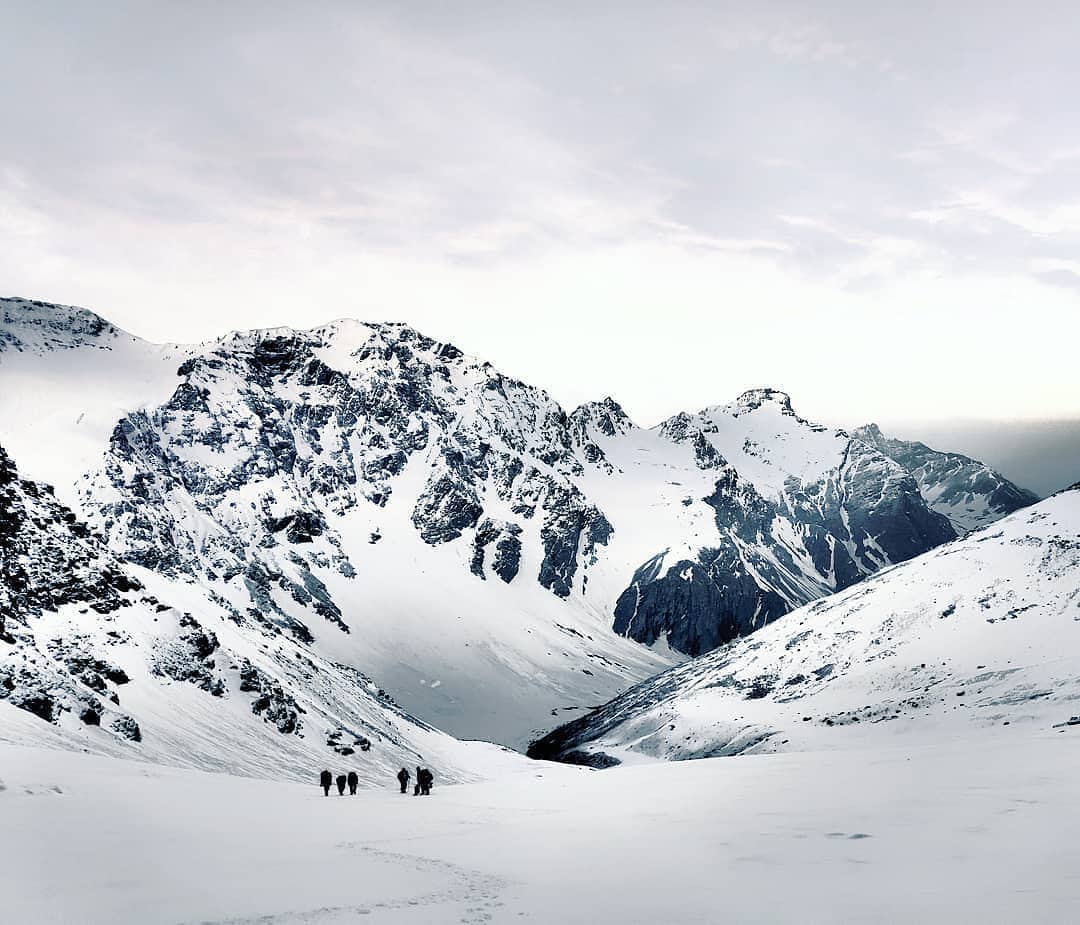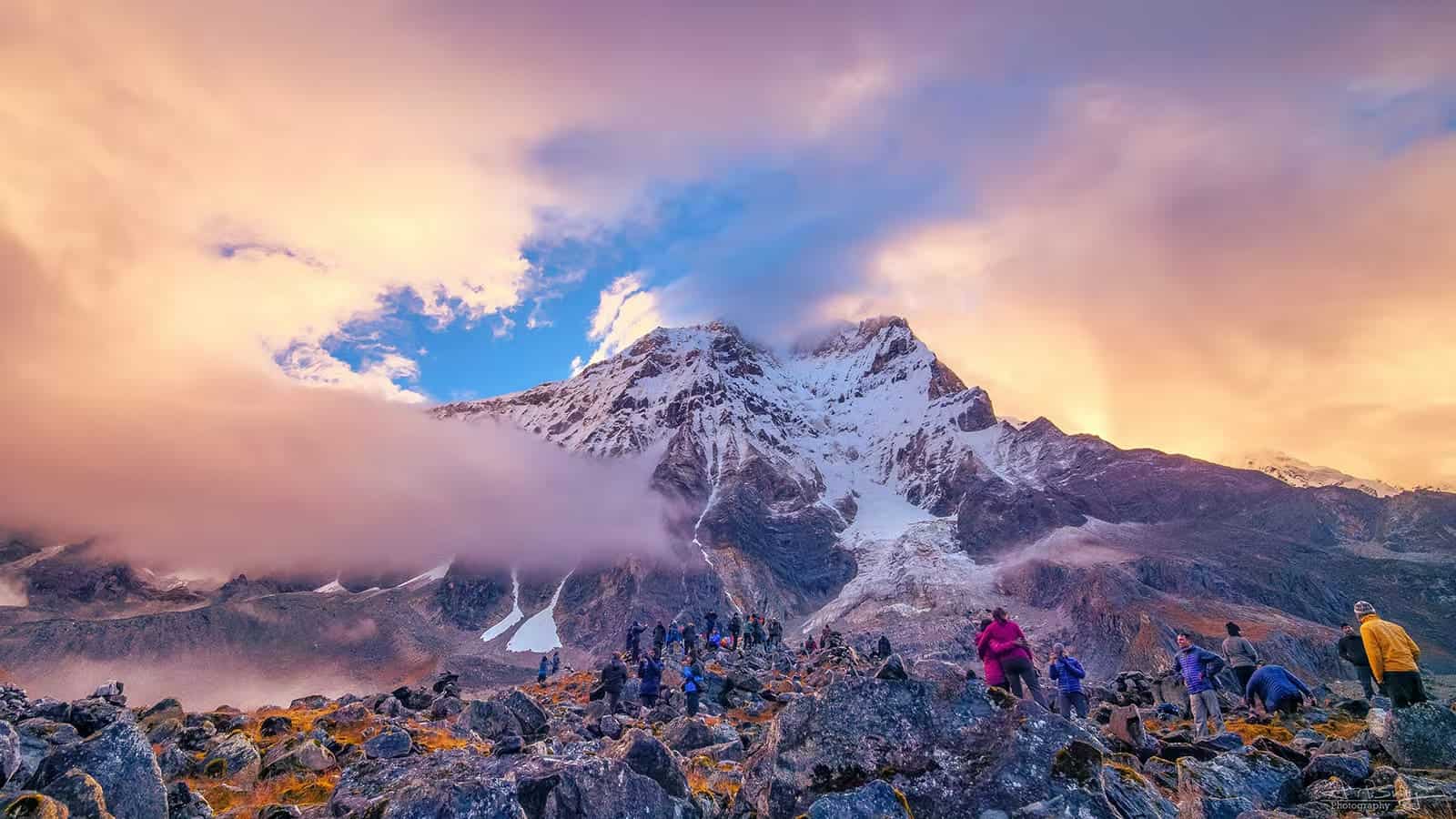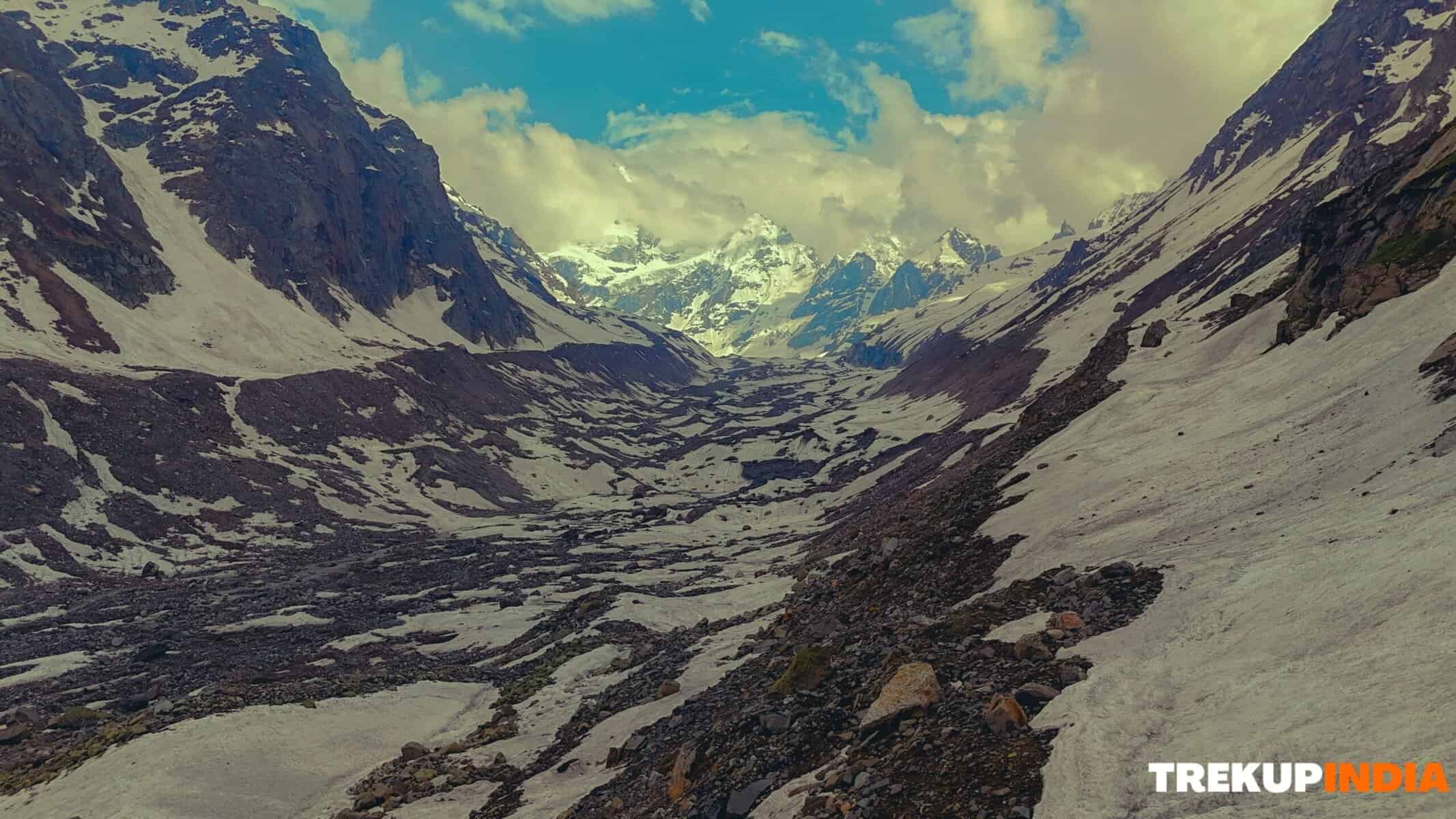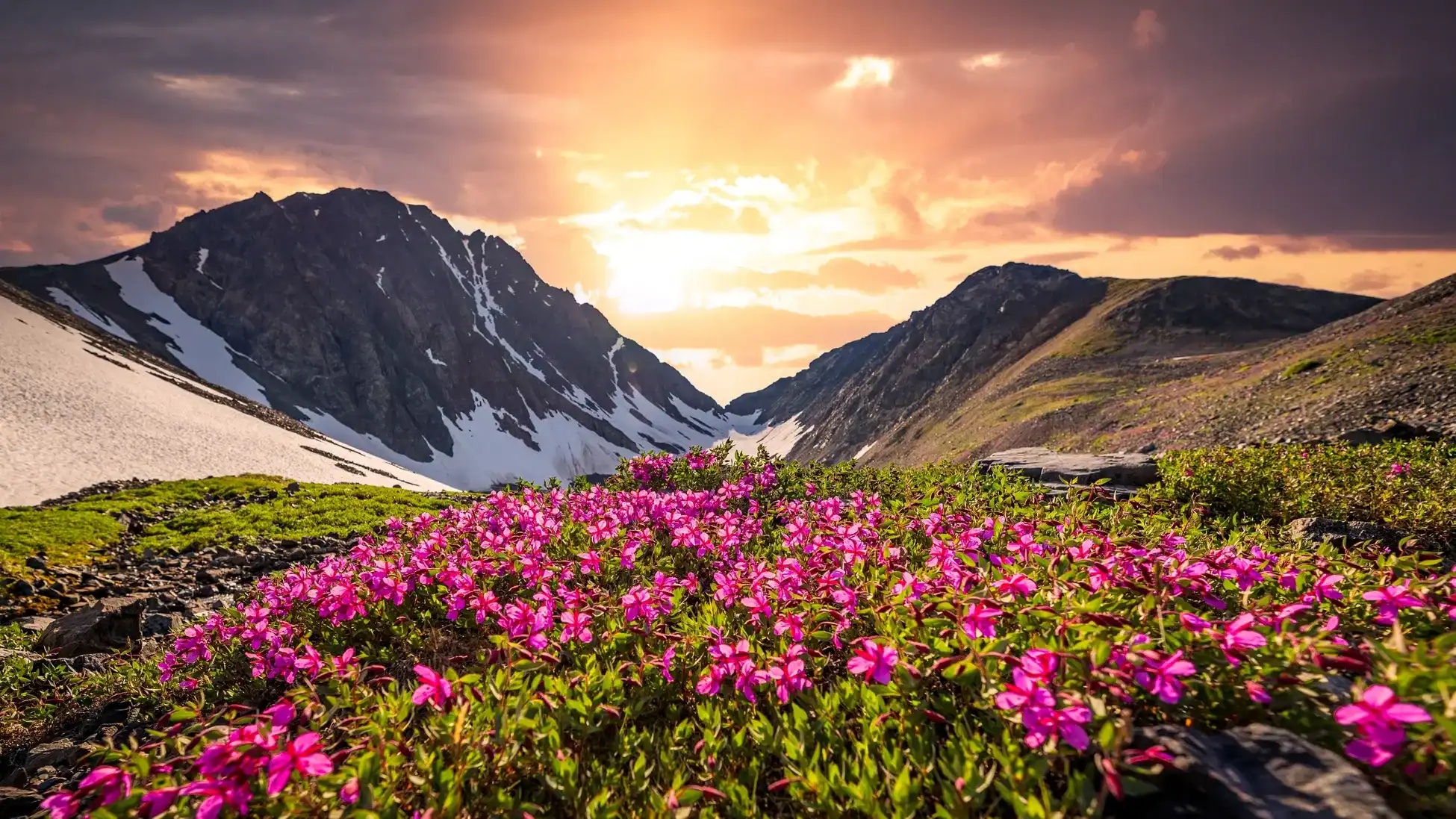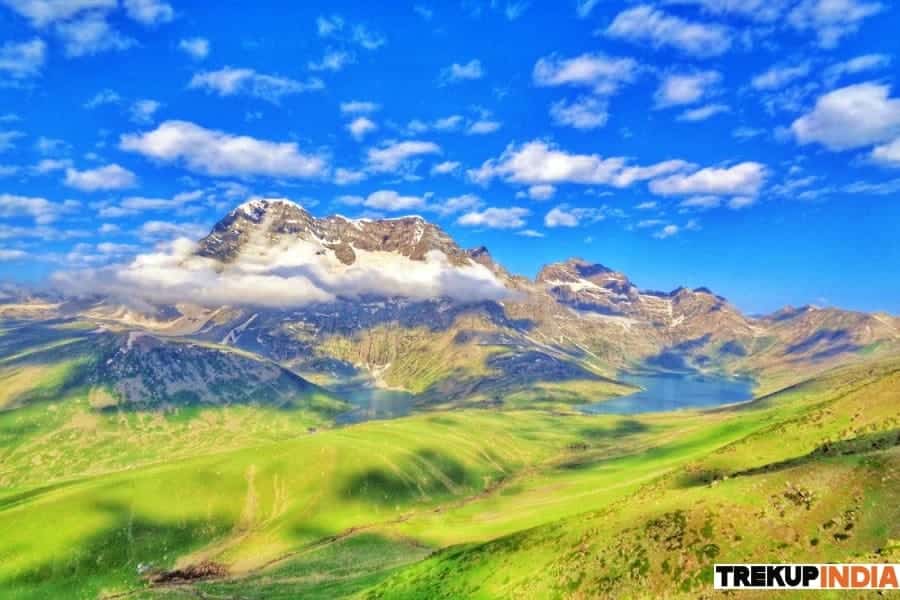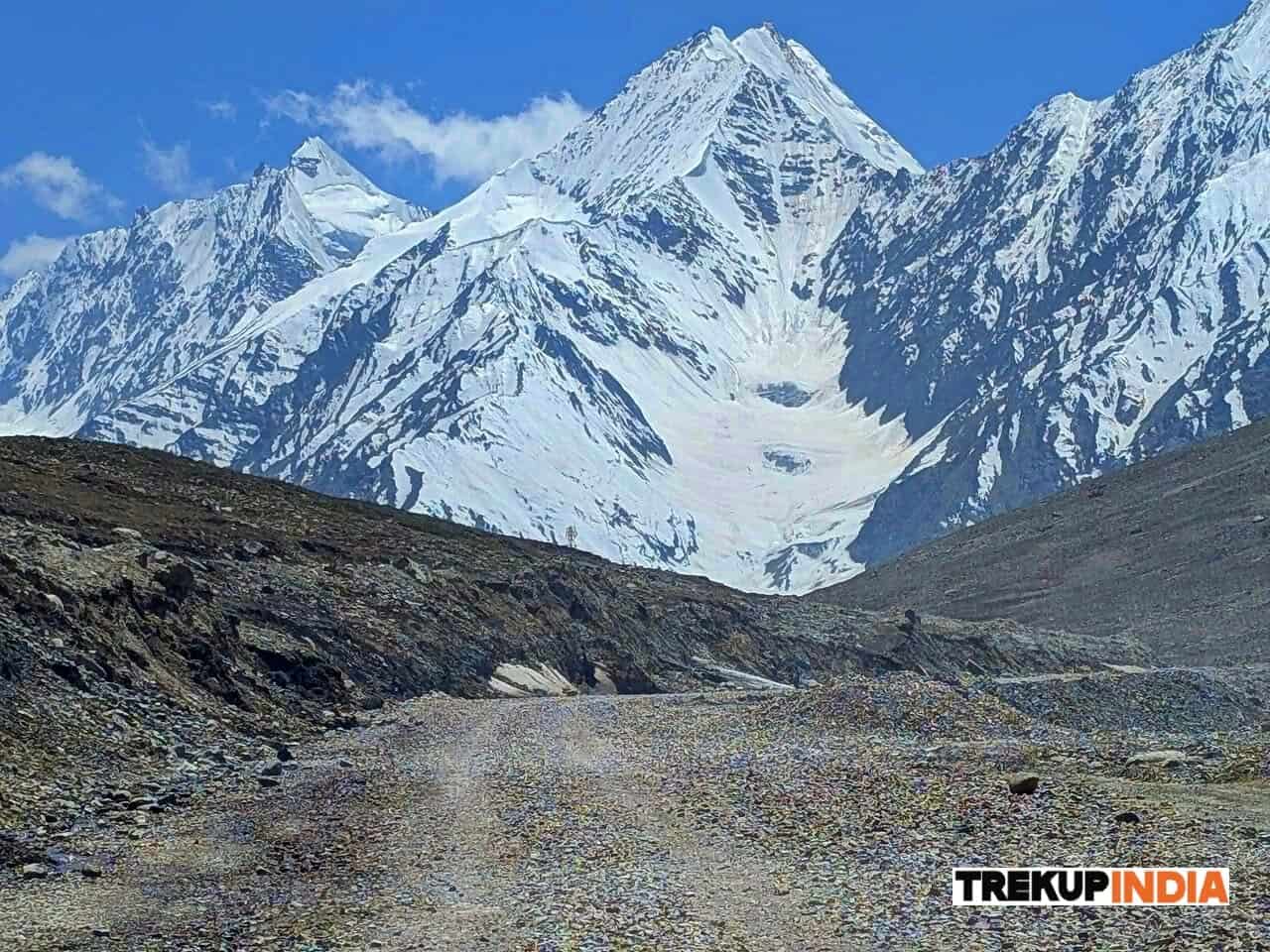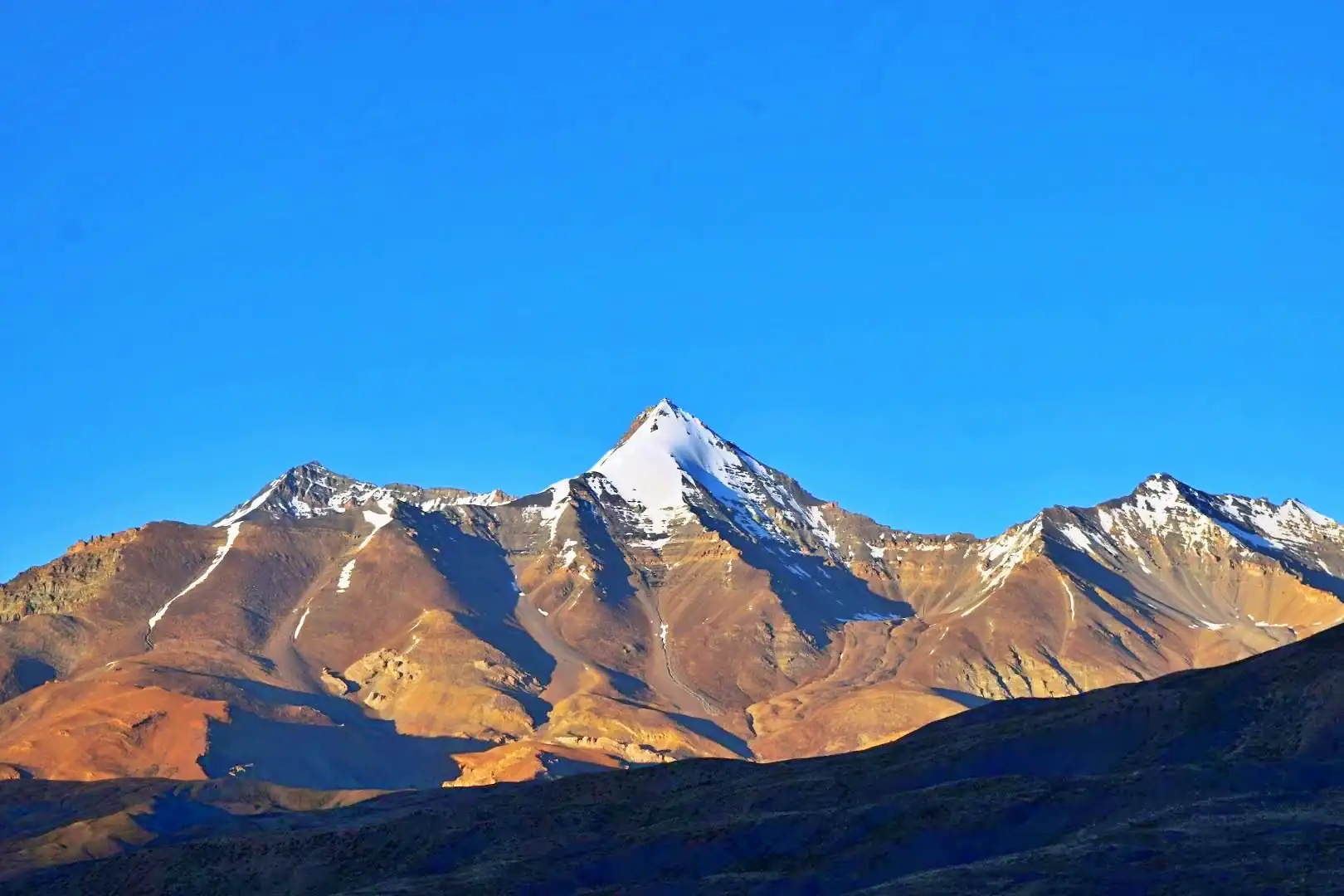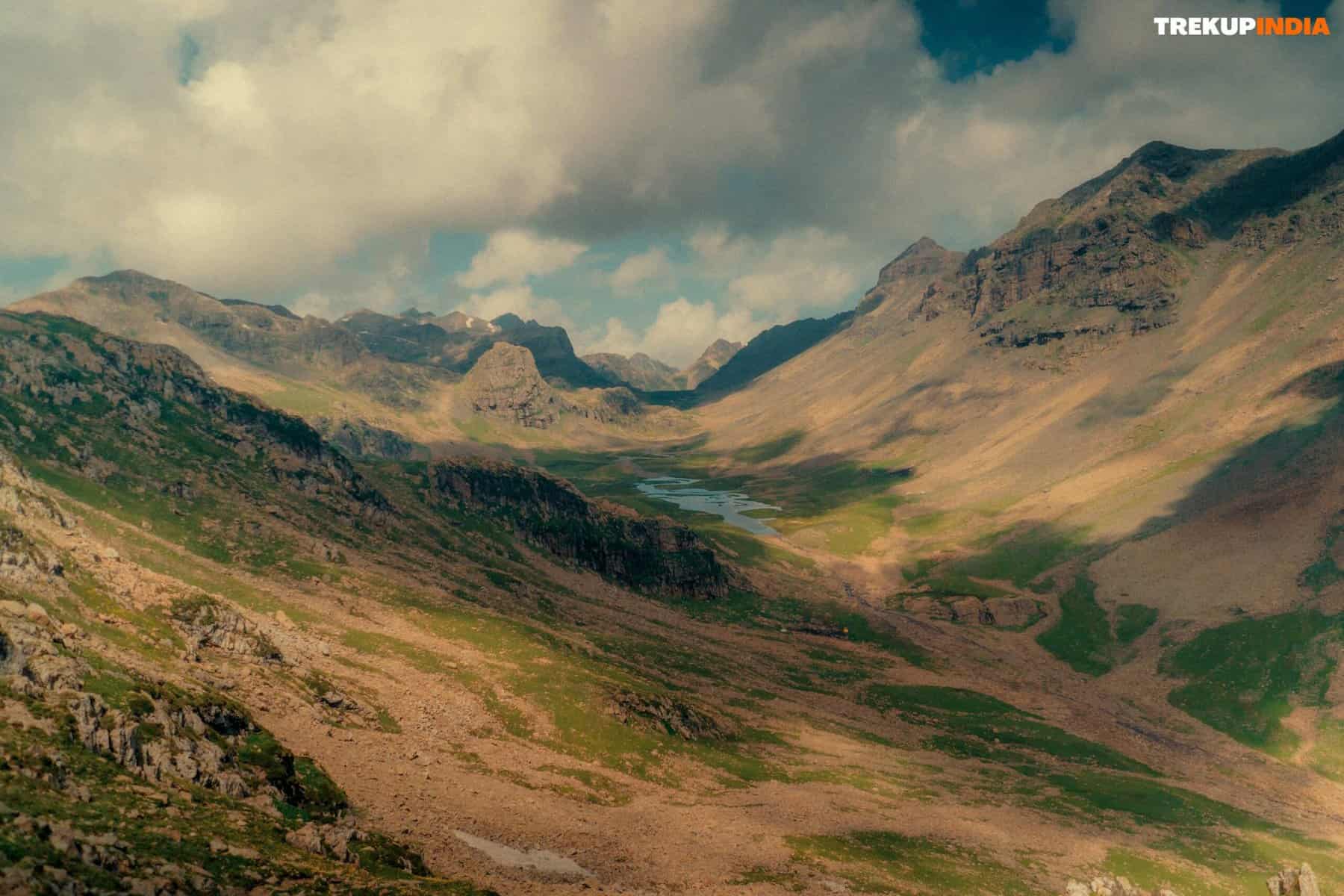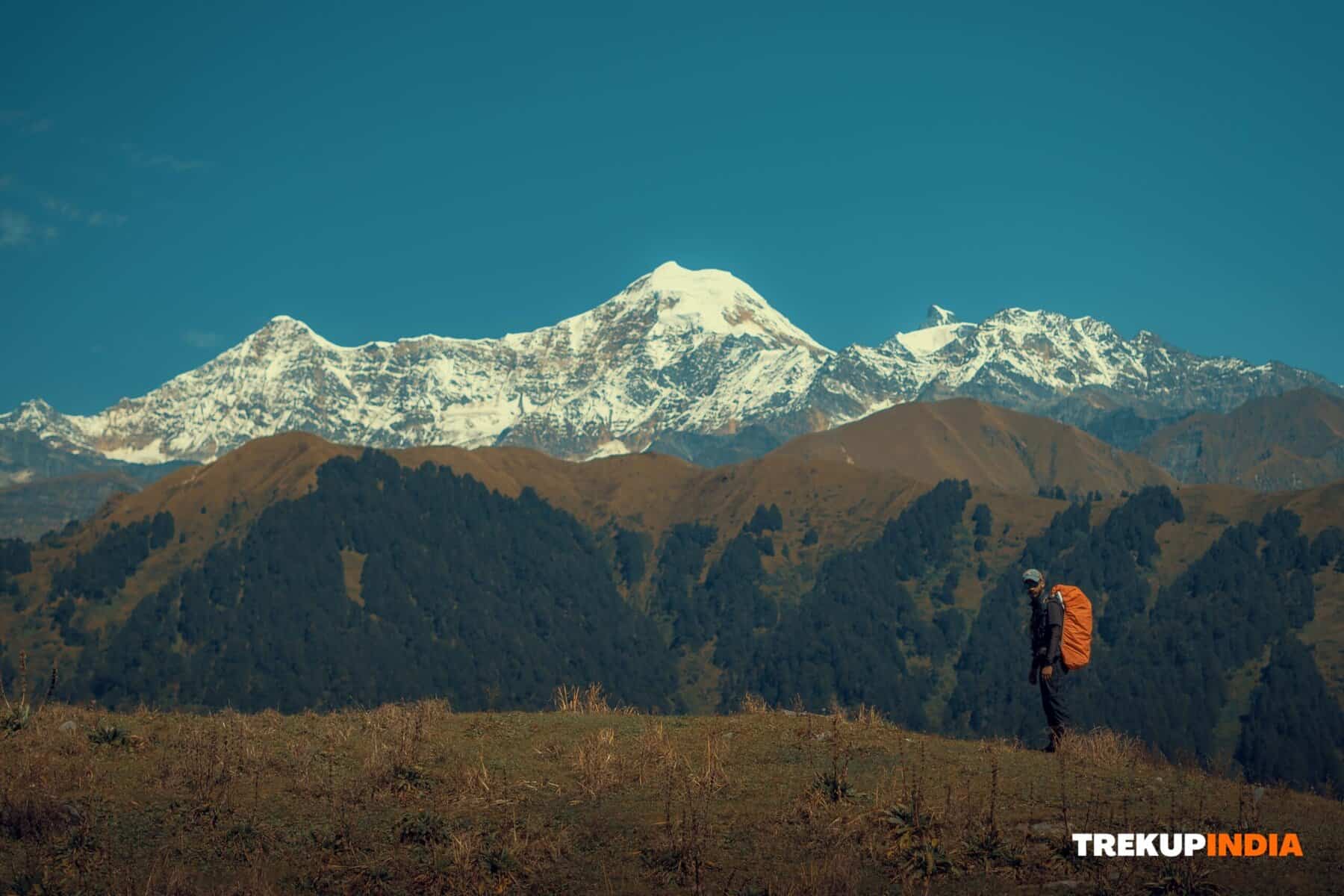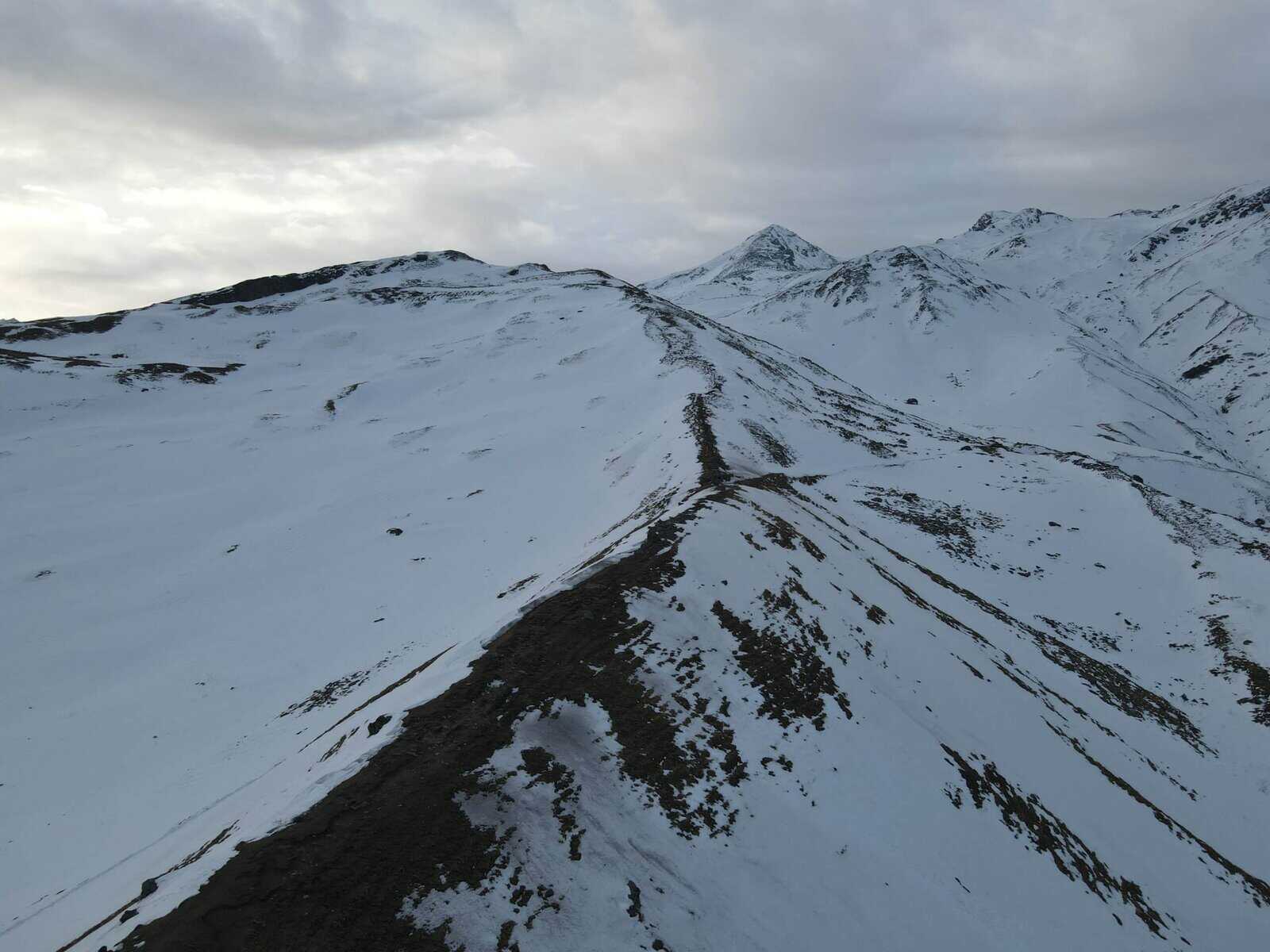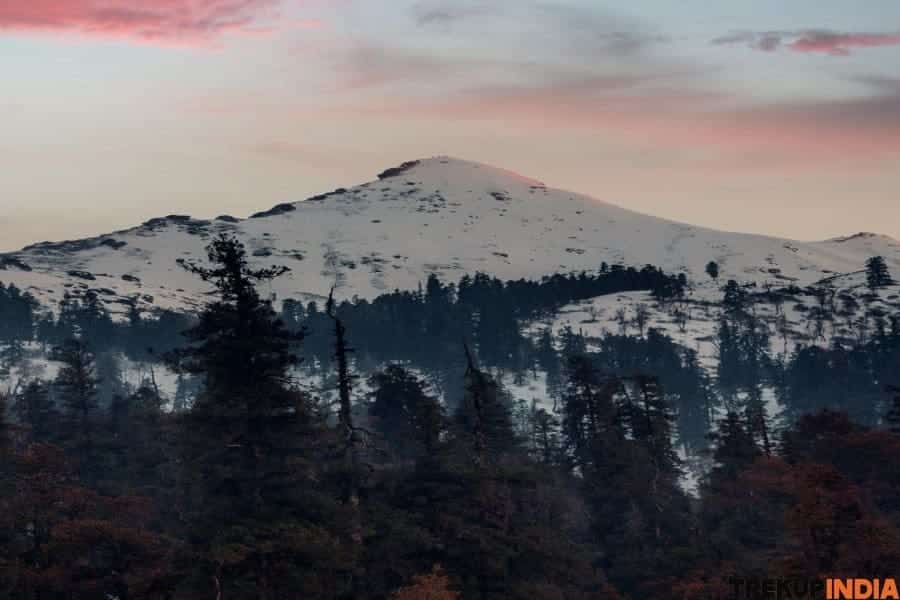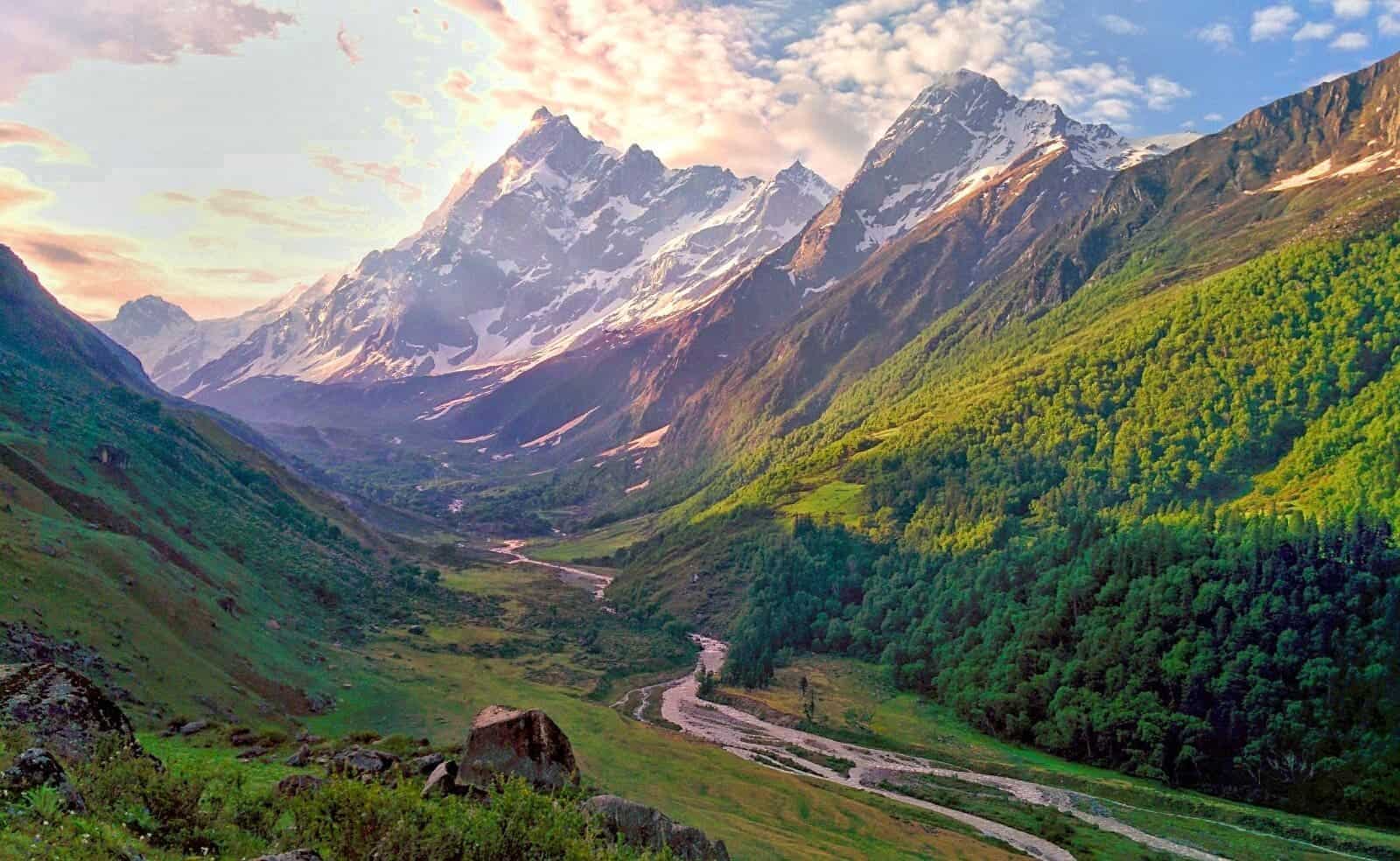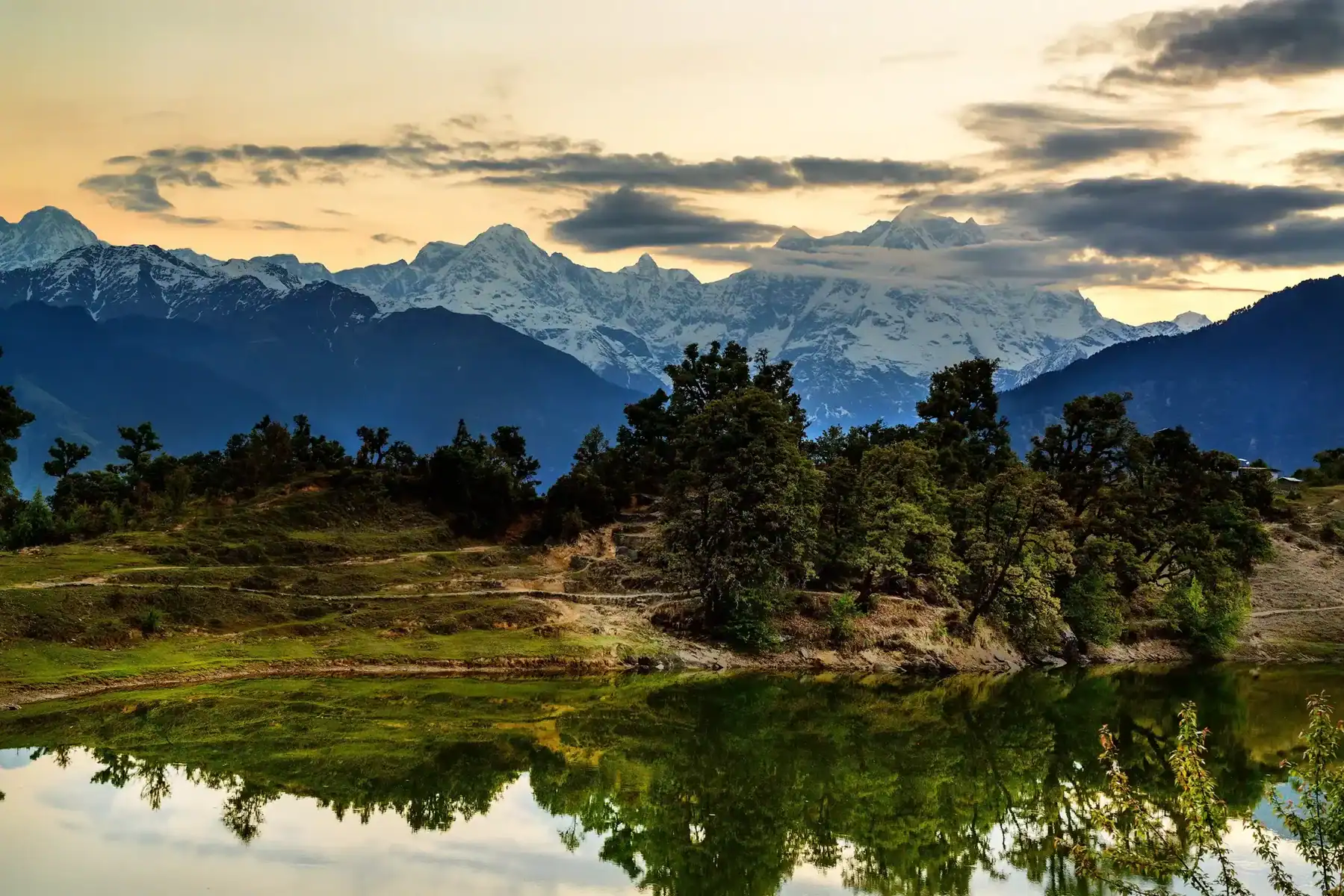Bali Pass Trek Explore the Himalayan trek Pre & Post Monsoon
The Bali Pass Trek is an exciting yet relaxing trek that provides breathtaking views and an exciting adventure experience. Outdoor enthusiasts will especially love traversing a Himalayan pass between Dun Valley and Yamunotri where Tons River meets Ruinsara Valley; peaceful Ruinsara valley; verdant Devsu Thach meadows will all leave unforgettable memories behind on this unforgettable trek in Uttarakhand! Join us on this memorable trek through Uttarakhand.
Pre-Monsoon Pass in Bali
Are You Wondering Which Season Is Ideal for the Bali Pass Trek? Both summer and fall are recommended seasons to trek this Himalayan destination, with summer being particularly advantageous due to the increase in rainfall levels. In this article, we outline all of the advantages associated with trekking the Bali Pass Trek during these seasons – hopefully making your decision easier when visiting this Himalayan location. Trekkers on the Bali Pass Trek should anticipate encountering frost and ice during its initial weeks, typically May through June, especially at higher elevations or camping areas. Both pathways and camping areas present picturesque winter views for trekkers to experience firsthand.
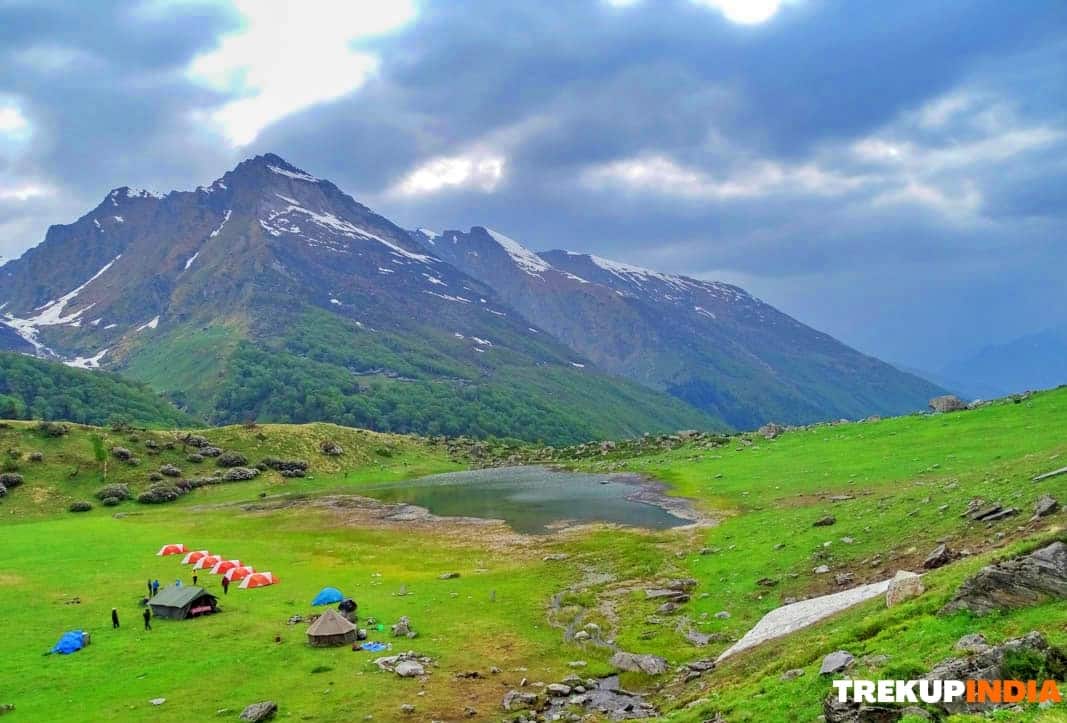
Trekup India Rainbasera Campsite
As the Bali Pass Trek snow melts away in May and June, its scenic landscape changes dramatically. Forests and grasslands become covered with vibrant flowers to bring colour and life back into their surroundings. Trekkers arriving in Uttarakhand will find idyllic camping sites at the start of their trek, providing spectacular views of the Himalayan Mountains and lush surroundings. Additionally, summer weather tends to remain clear, making it easy to appreciate these magnificent sights.
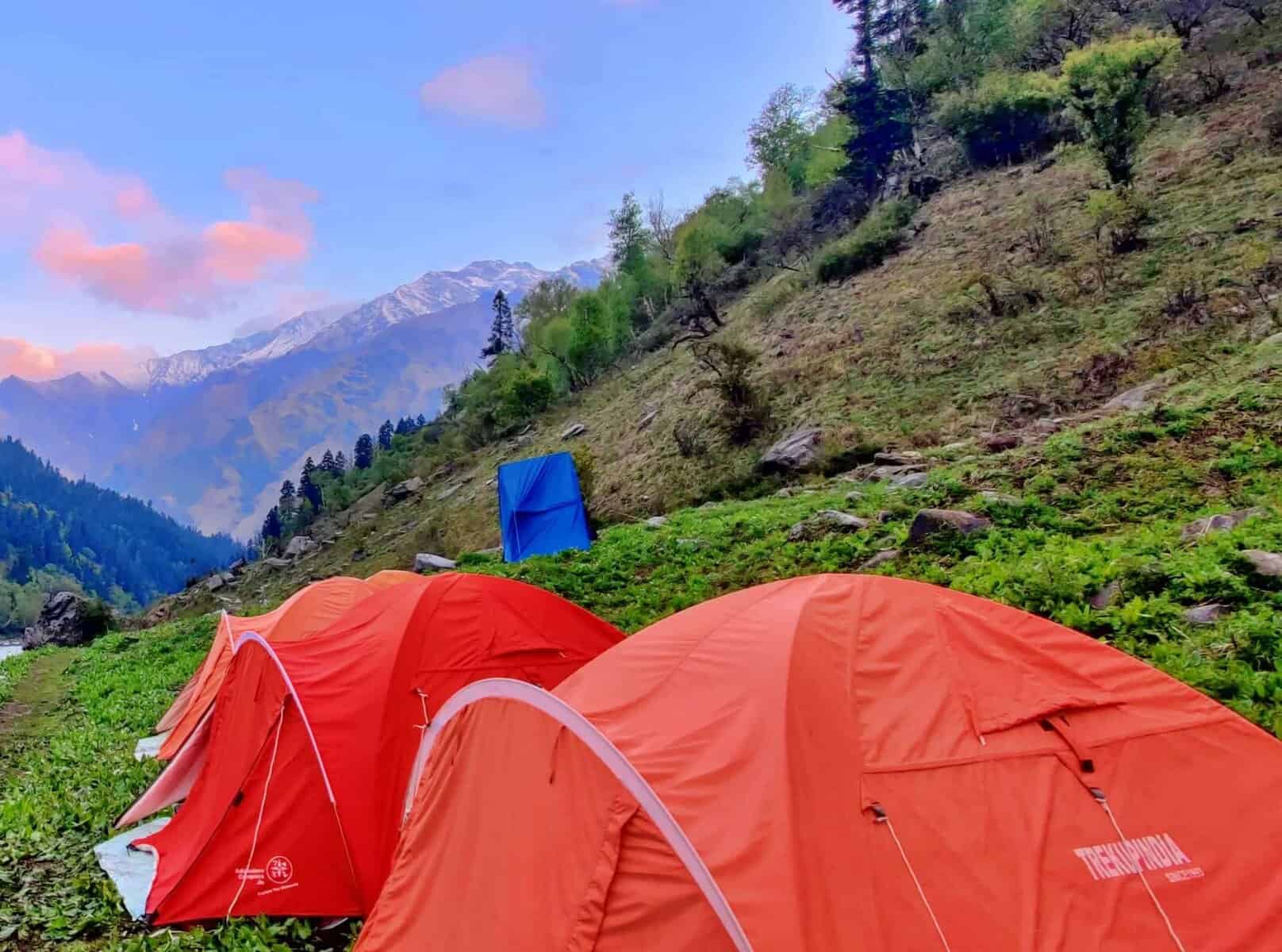
Bali Rhododendron Flowers Are in Full Bloom
Ruinsara Valley comes alive each June, boasting vibrant Rhododendron blooms that offer an exquisite visual treat for visitors trekking the Bali Pass Trek. Their vibrant hues create an experience unlike any other as they stand out against snow-capped mountain peaks and create an experience to remember. Uttarakhand offers snow trekking as part of its pre-monsoon period from May onward. Trekkers can explore snowy treks that welcome them, providing an icy treat on this special journey.
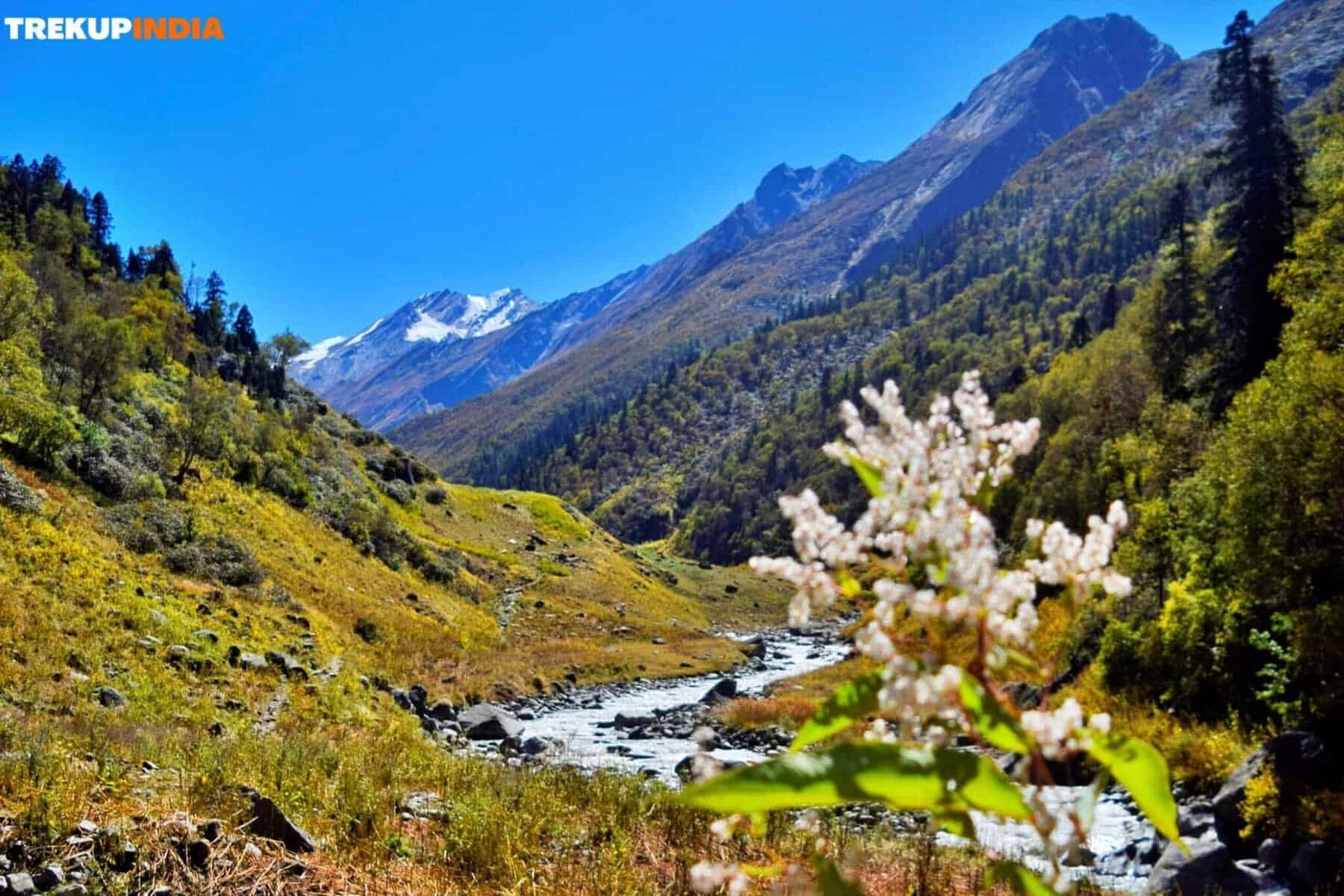
Landscapes With Unique Characteristics
From May to June, you’ll experience spectacular changes along the Bali Pass Trek. Lower campsites boast lush greenery with vibrant Rhododendron flowers, while upper regions boast snow-covered terrain for an eye-opening contrast, truly making this trek captivating! Join us as we journey on one of India’s beloved treks. June is an ideal month for trekkers seeking an immersive nature experience, offering trekkers a chance to traverse both winter and summer landscapes at once. Nature enthusiasts will truly delight in this journey of vibrant foliage, snowy pathways, and blossoming flowers – truly an unmissable adventure!
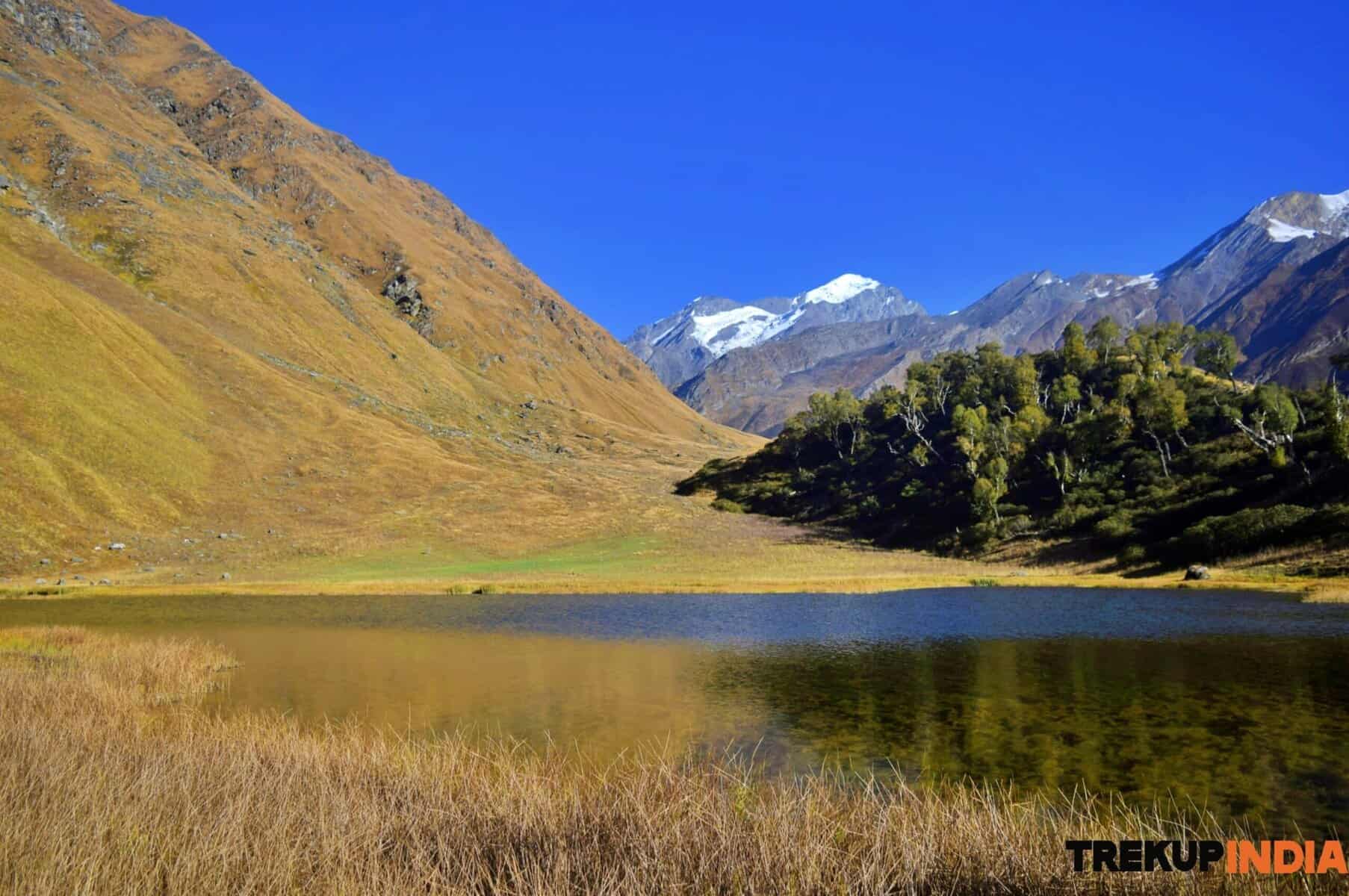
Bali Pass Trek post-monsoon Season
Trekkers can enjoy breathtaking views during the Bali Pass Trek from September until October, after the rainy season has subsided and autumn’s arrival has brought dramatic landscape changes with yellow, brown, and orange colours emerging to mark each season’s transition. Exploring India through this trek provides an ideal opportunity to witness these seasonal transitions first-hand. Reduced snowfall has altered the landscape significantly in recent years, prompting officials to take actions such as restricting snowmobile traffic in many parts of the region. September usually sees fewer snowflakes, while October usually experiences an abundance. By then, Bali Pass Trek usually dries out, adding an inviting ambience thanks to autumn leaves that provide shade from rainwater runoff and making trekking much simpler due to fewer slipperiness issues on slippery treks caused by rainwater accumulation.
Layering Up
Staying warm when trekking at high altitude in Ruinsara Valley during autumn requires layers of clothing for effective and comfortable warmth. To stay toasty warm while exploring, trekkers should bring plenty of snow boots and winter clothing, which provide additional insulation from freezing temperatures.
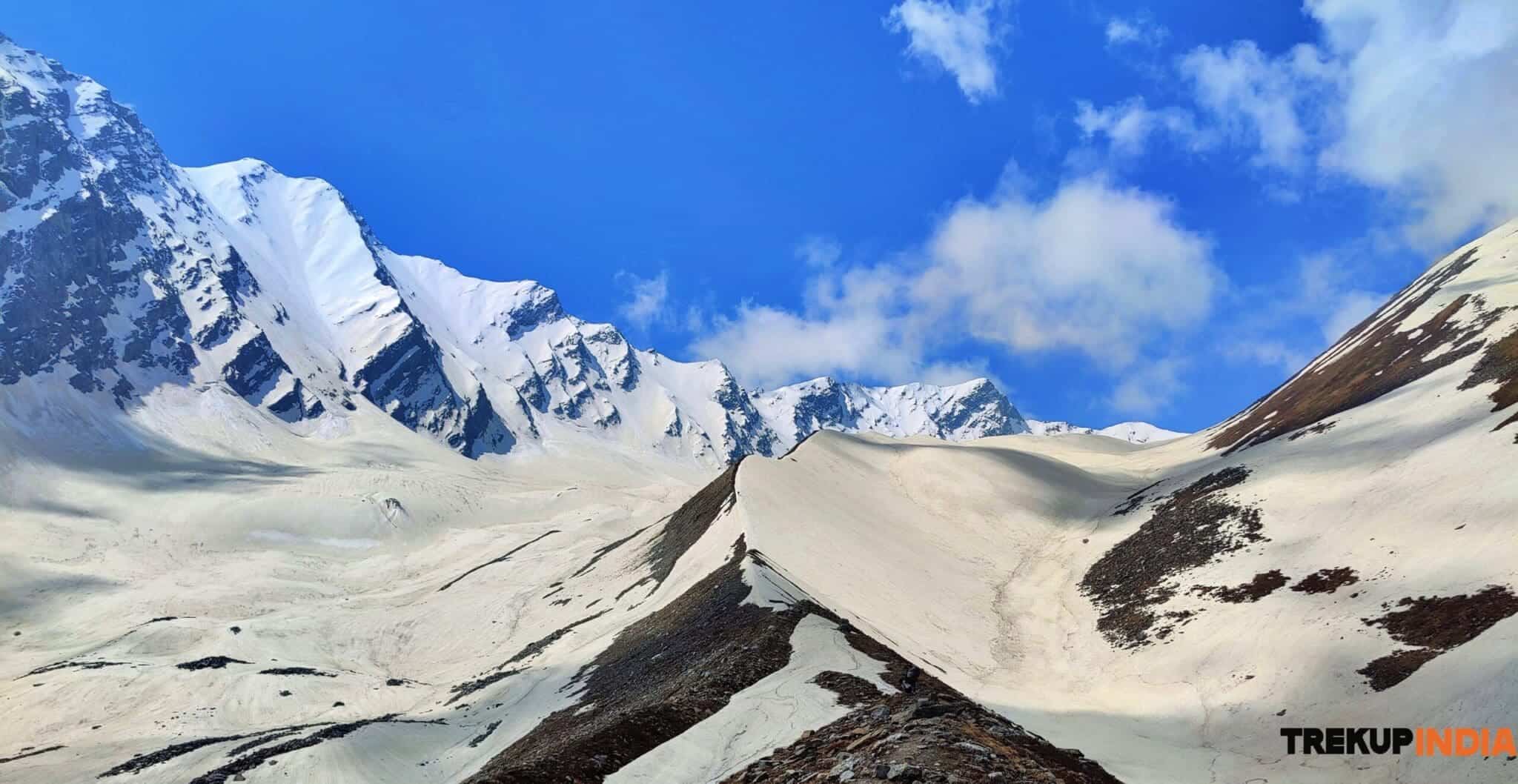
Autumn Colours
The Bali Pass Trek provides an ideal opportunity to witness vibrant fall colours from September until mid-October, when the Har Ki Dun Valley transforms into a colourful palette of autumn hues from lush greenery.
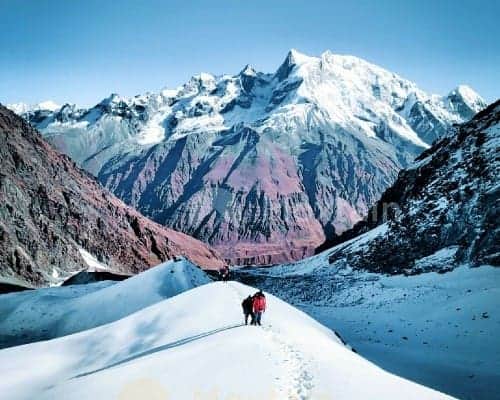
Mountains and Sunny Weather.
Once the rains stop falling, Himalayan mountains like Kalanag Bandarpooch and Swarohigini look even more breathtaking against a brilliant blue backdrop. Trekkers on the Bali Pass Trek can experience breathtaking mountain panoramas against this gorgeous blue vista. The Bali Pass Trek is an ideal choice for those in search of serenity. September and October offer ideal trekking conditions; when there is no snow to deal with, crowds tend to dissipate, giving way to an enhanced trekking experience. No matter when or after the monsoon, you choose to embark on the Bali Pass Trek, both periods have their special charms. Our information should help guide your decision and guarantee an unforgettable and exceptional expedition experience, regardless of which season it may take place in.
About Author

Anoop Rawat (Admin TrekUp India)
Anoop has worked for 5 years as a Trek Leader with TrekUpIndia, leading numerous treks across the diverse and challenging terrains of Uttarakhand and Himachal Pradesh. He holds a degree in Geology with a specialization in Geographic Information Systems (GIS) from UPES Dehradun. During his academic years, he actively applied his classroom knowledge in the field—most notably by contributing to a glacier research project on the Jundar Glacier in the Har Ki Dun Valley, Uttarakhand. Write Anoop at anoop@trekupindia.com
Share this article
Dates For Upcoming Treks
Want To Trek Like Pro?
Basically, watch these videos if you want to trek the same way professional trekkers do and make your skills better. These videos contain useful tips and techniques to further improve your trekking skills itself. These videos actually help both new and experienced trekkers improve their trekking skills. These videos definitely provide useful tips that make your trek better. We are seeing that these videos by Trekup India experts will only help you make your trekking skills better.
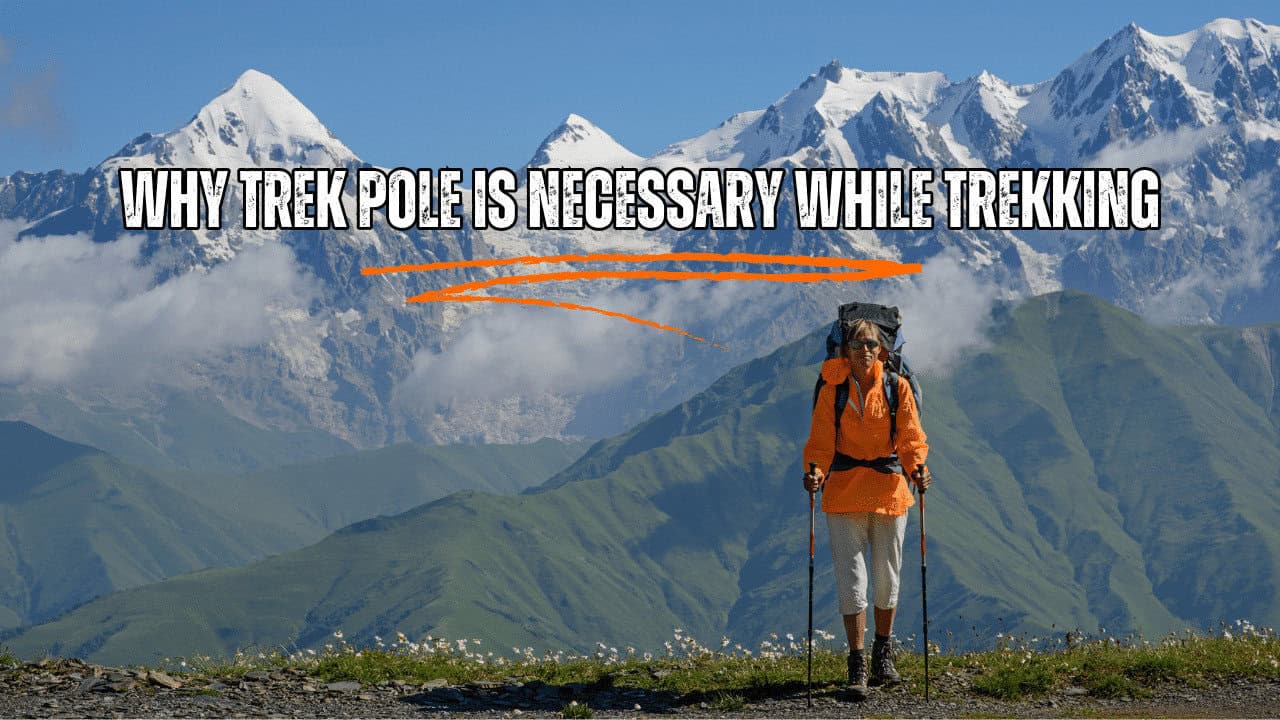






Know Everything About Acute Mountain Sickness
Acute Mountain Sickness occurs when people trek to high altitudes above 8,000 feet. This condition itself develops further due to reduced oxygen levels at such heights. Basically, as you go higher up, the air pressure and oxygen levels decrease, which causes the same problem. Acute Mountain Sickness surely causes headache, nausea, vomiting, and dizziness in affected persons. Moreover, peoples also experience difficulty in sleeping during this condition. To avoid mountain sickness, you should actually trek up slowly to higher altitudes. To learn further about this condition itself, watch the videos by Trekup India.





